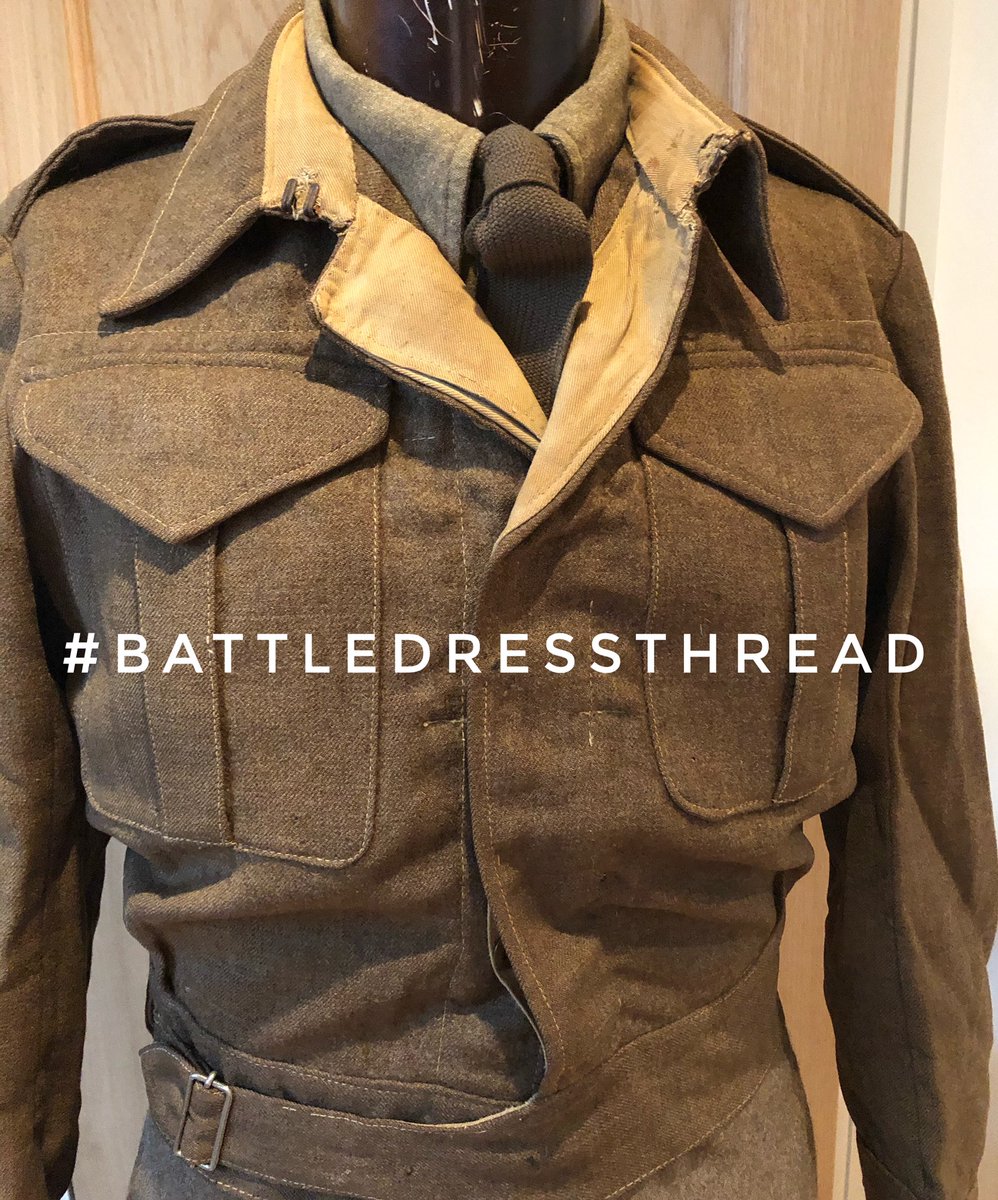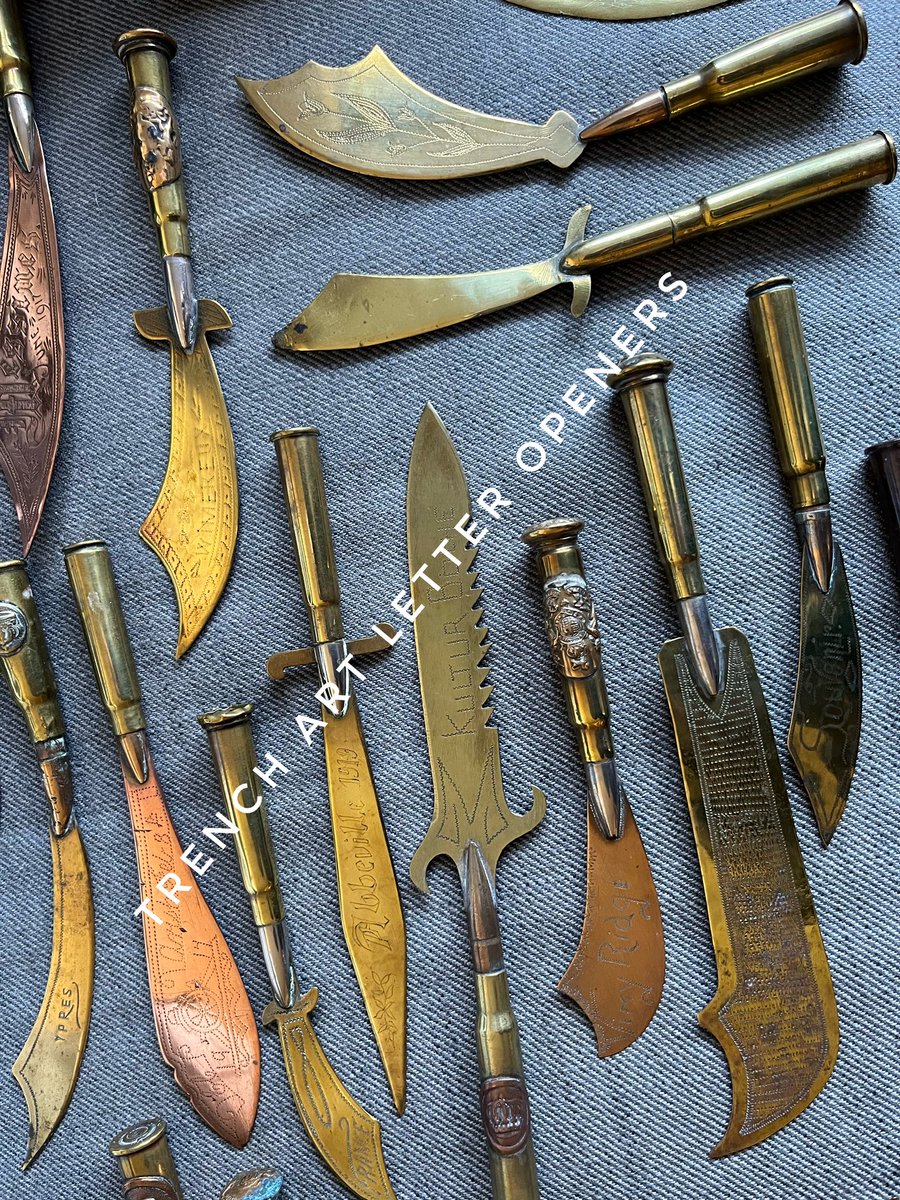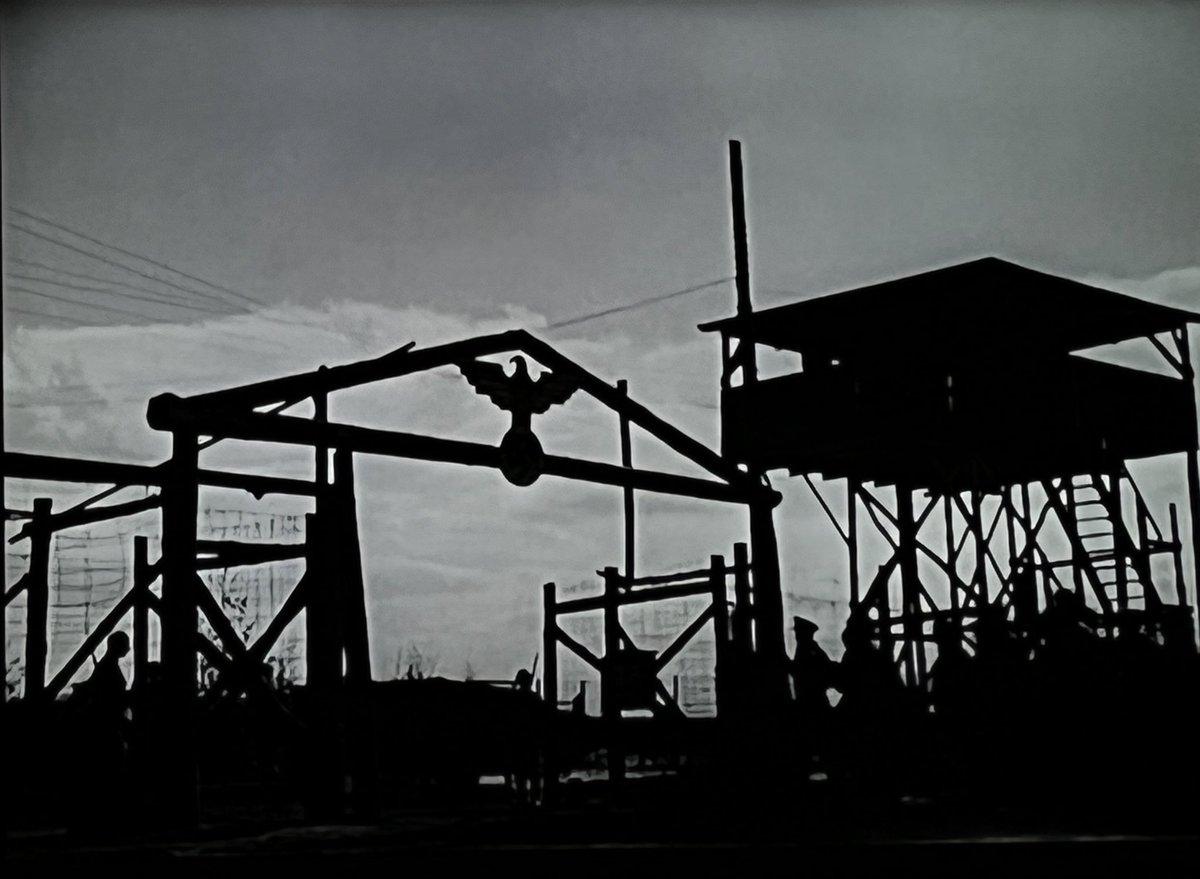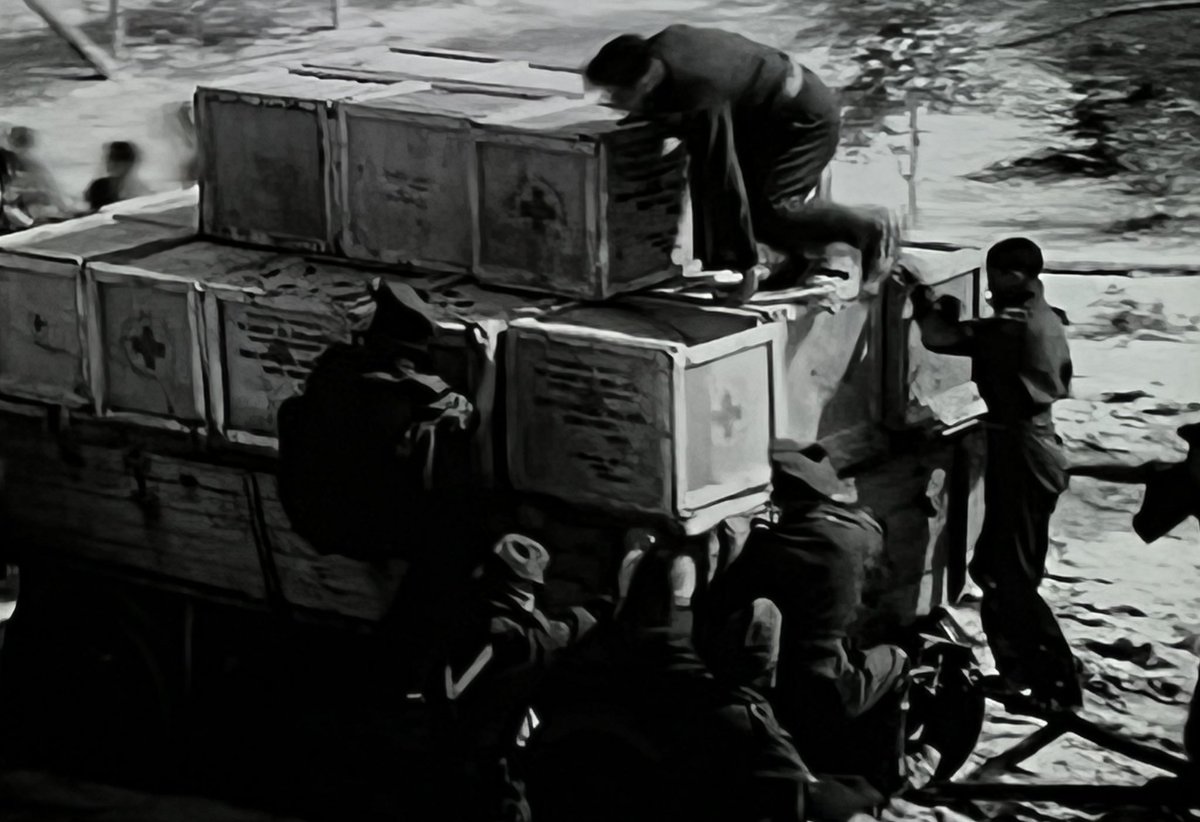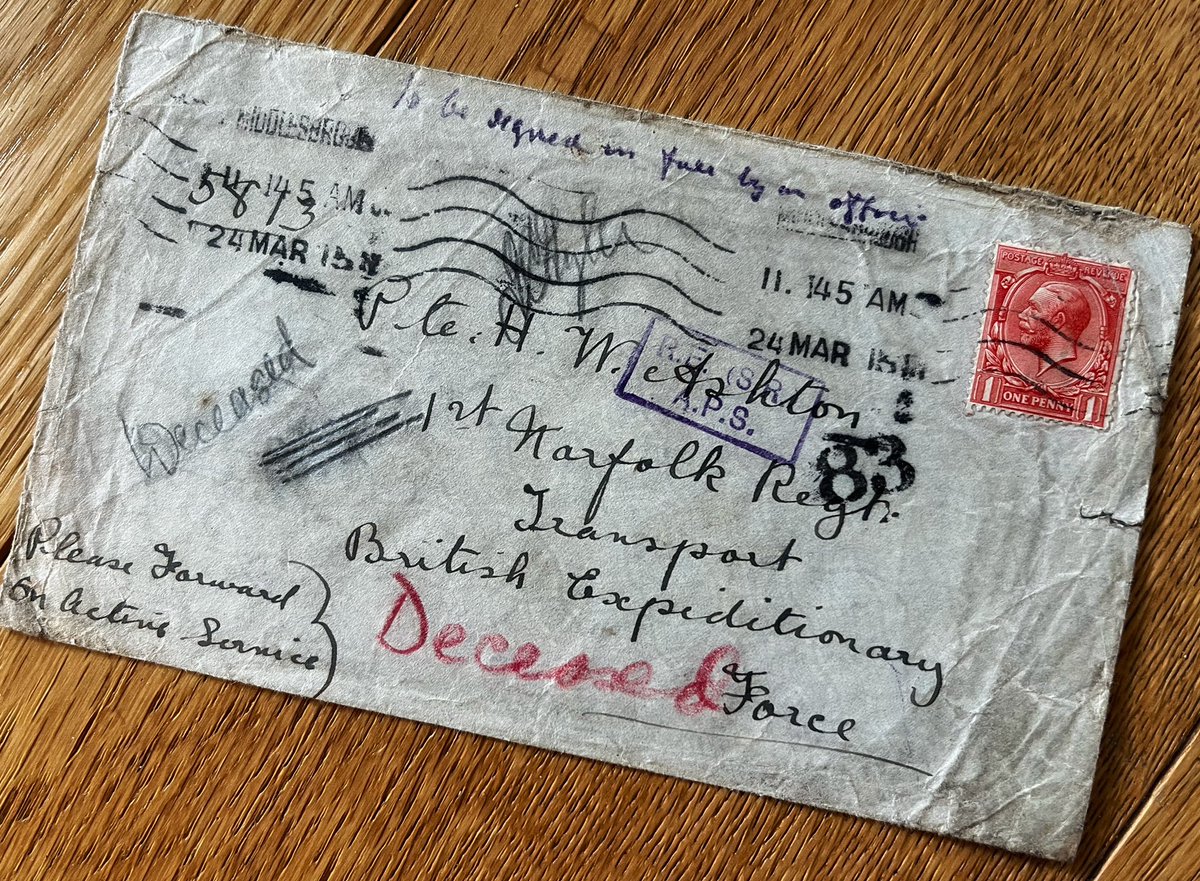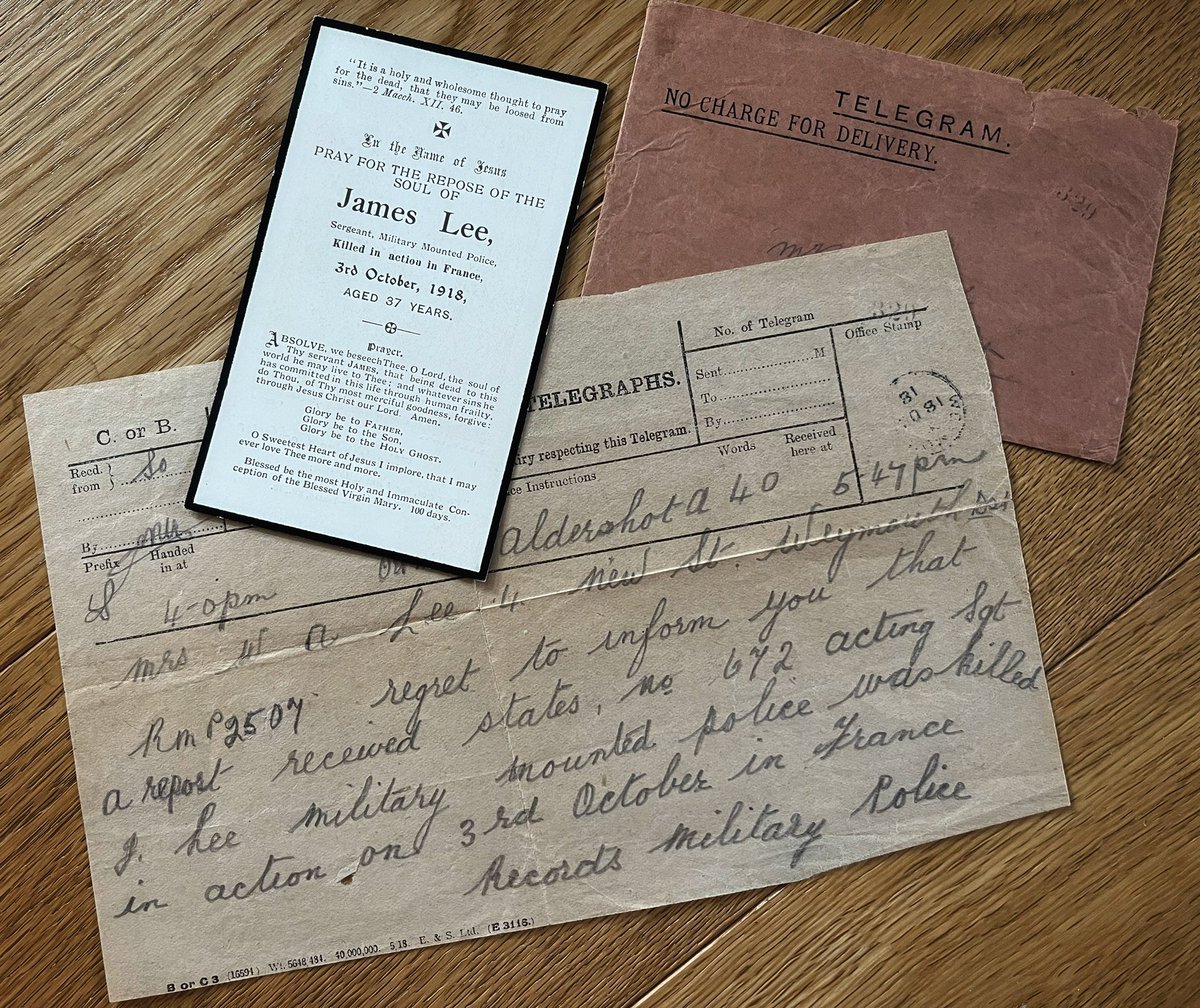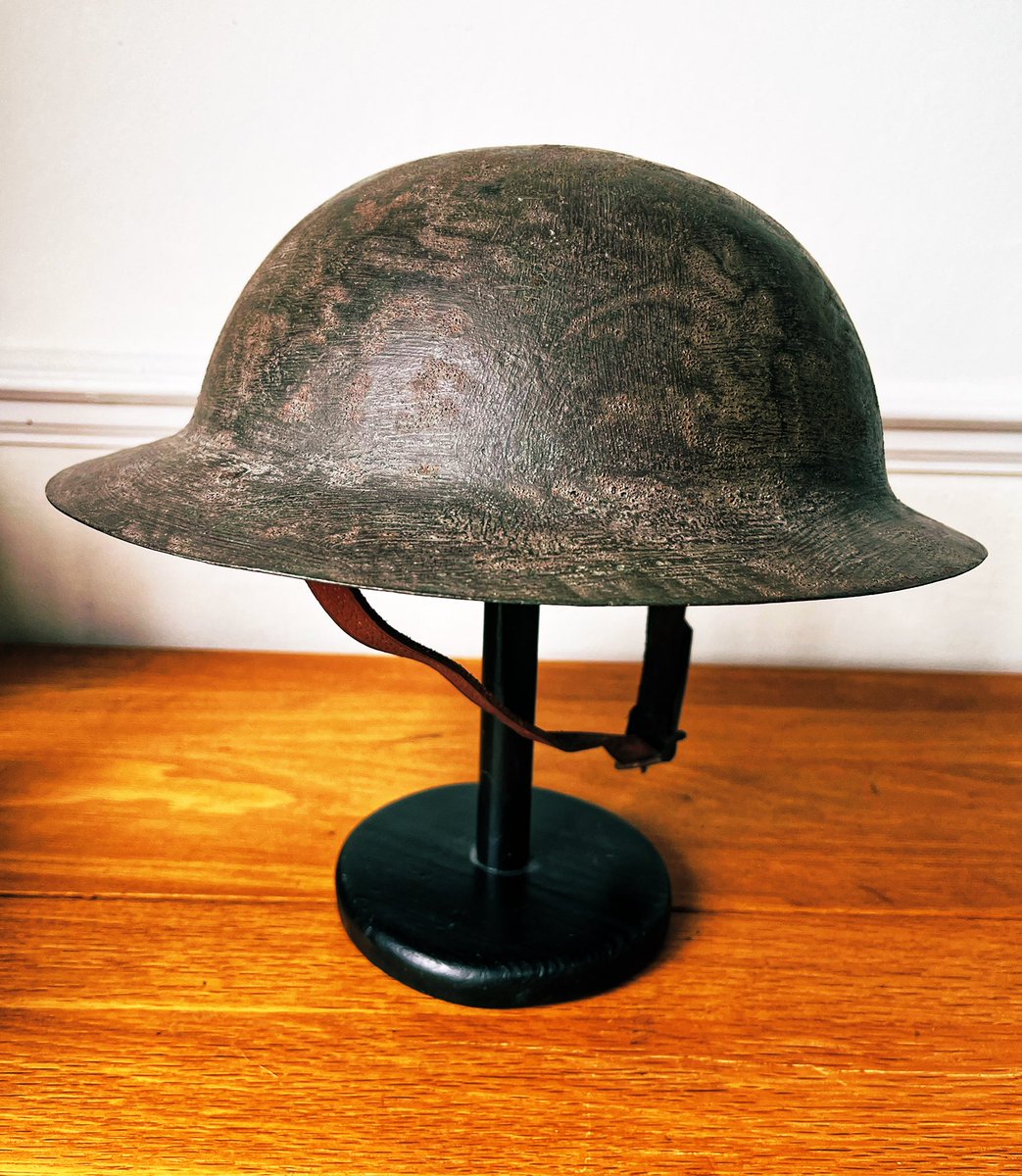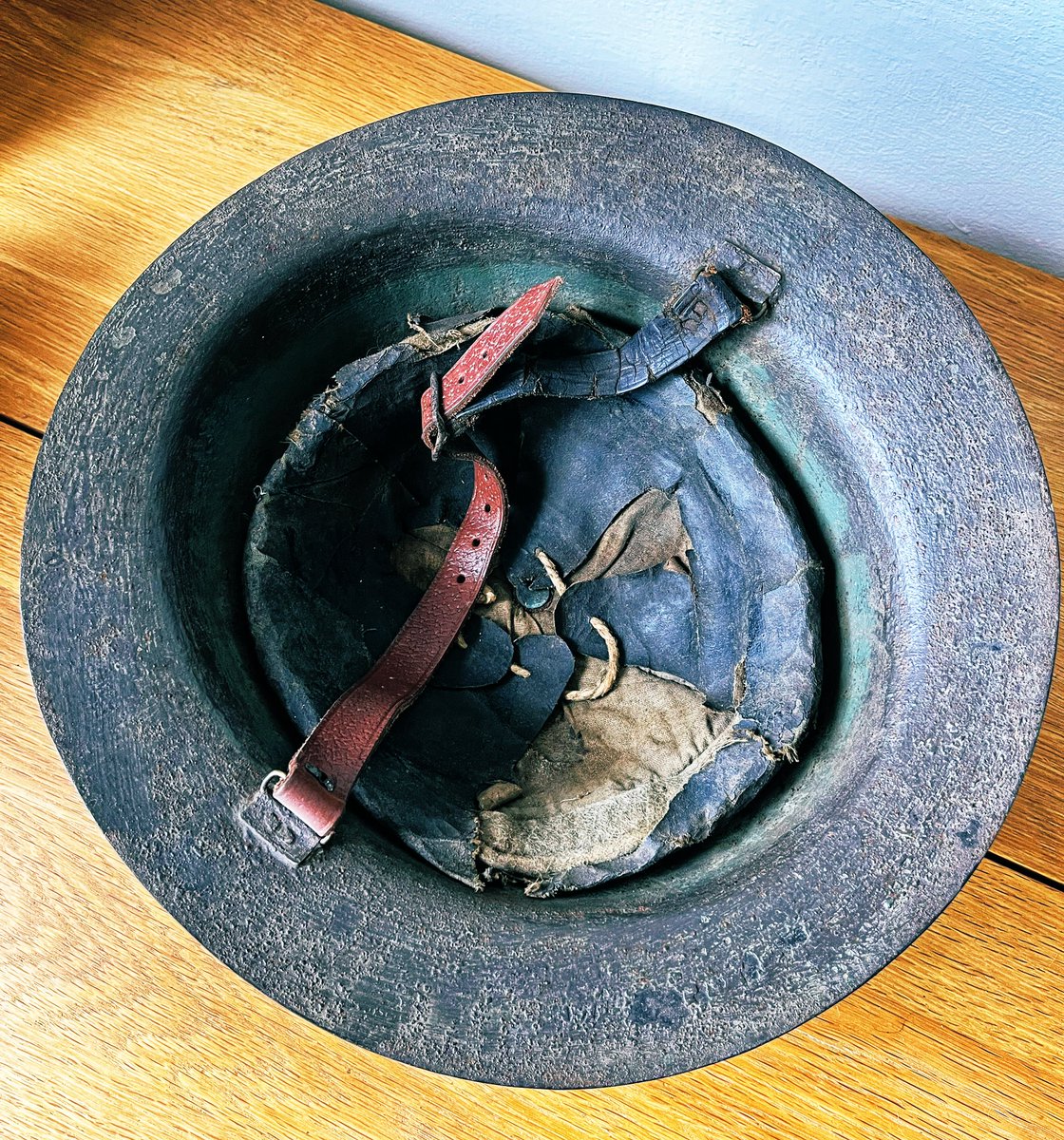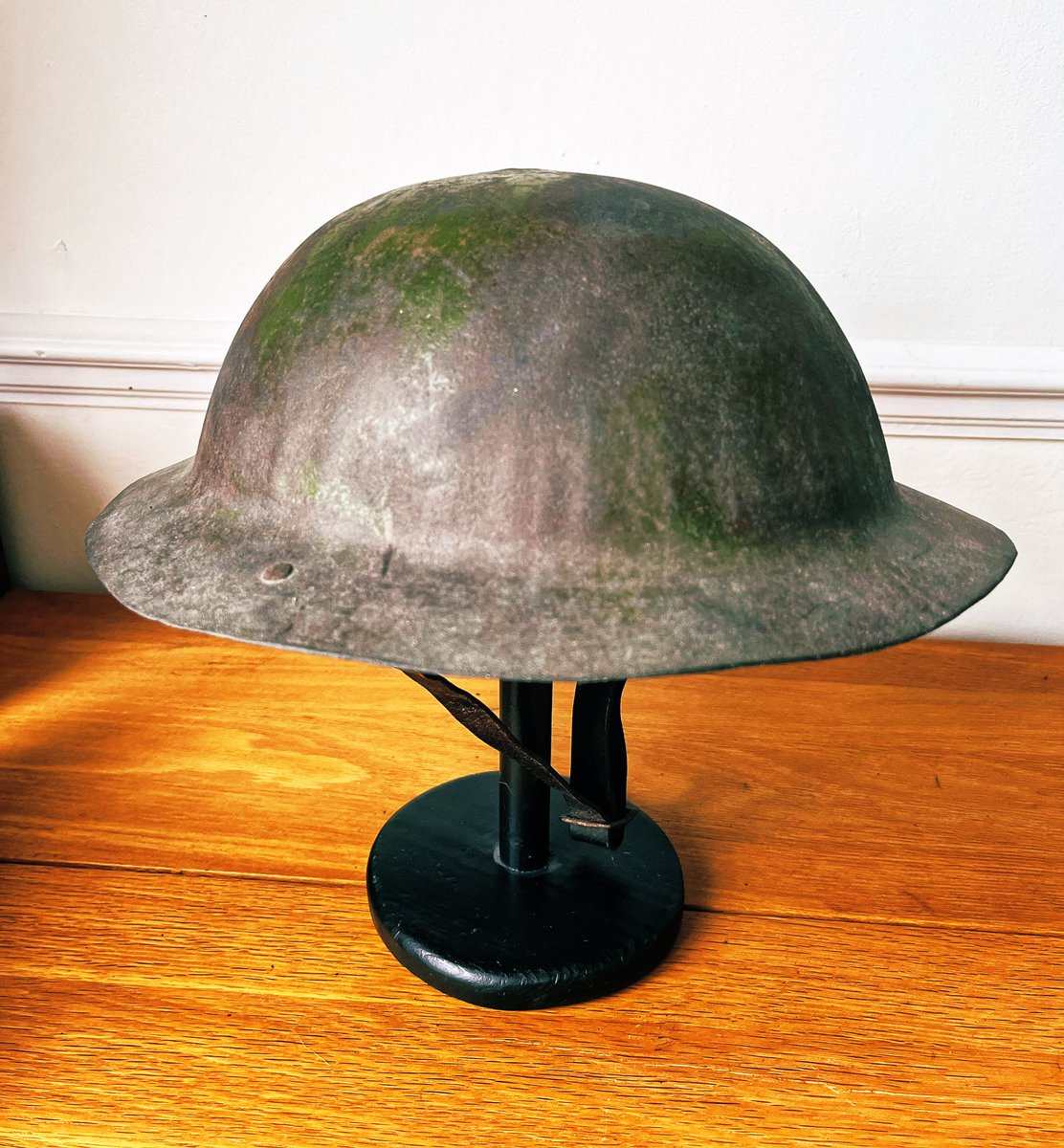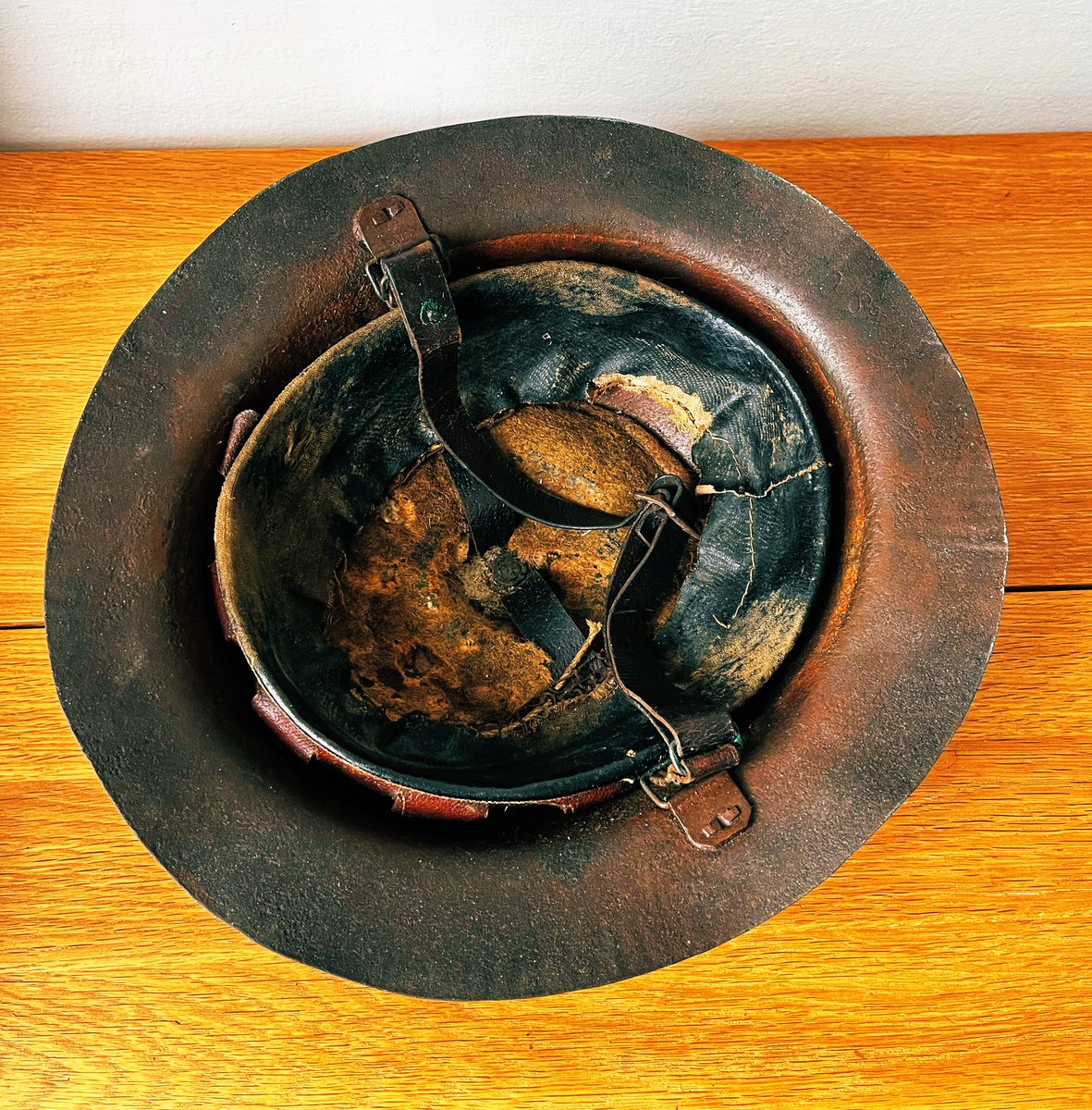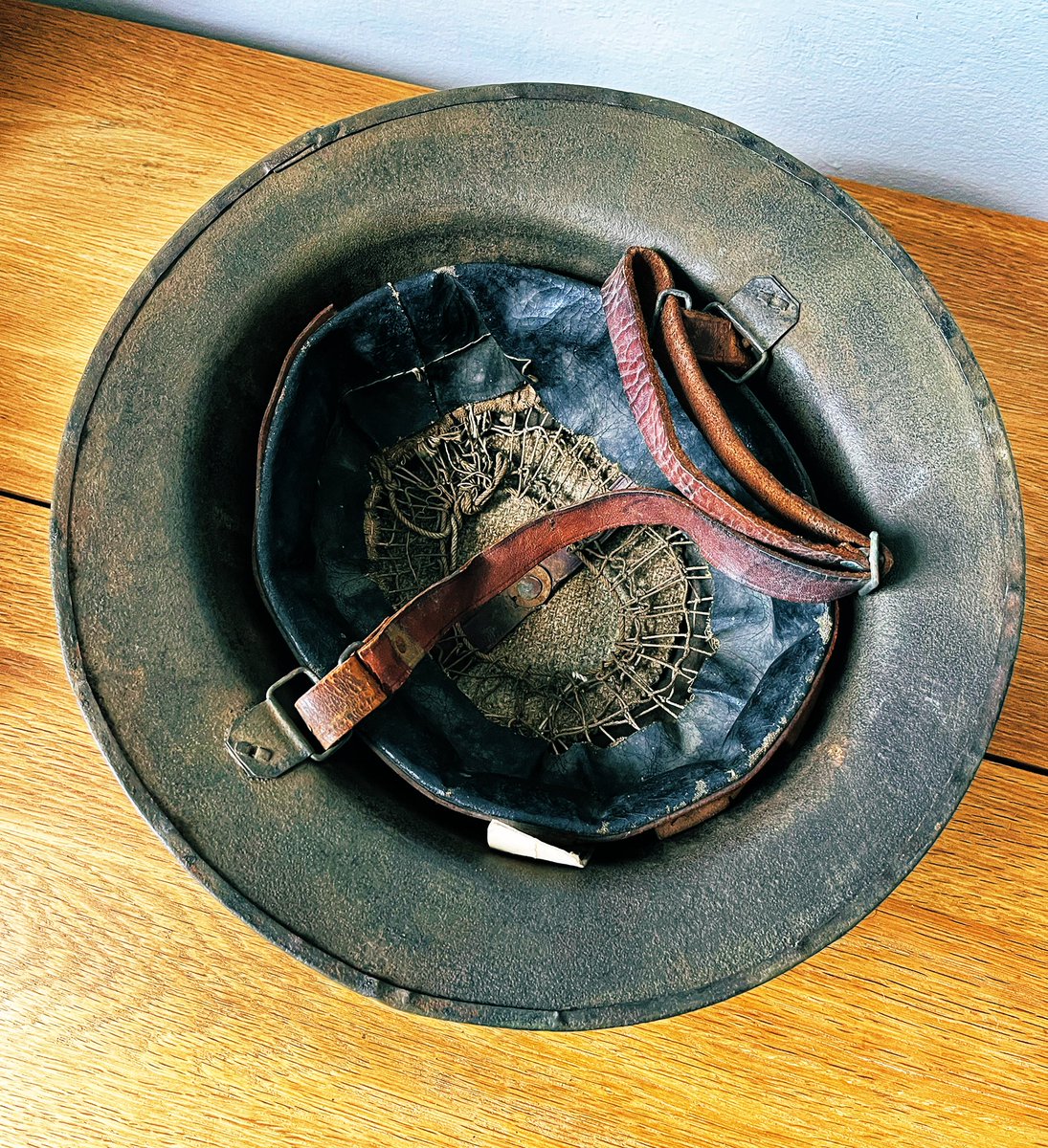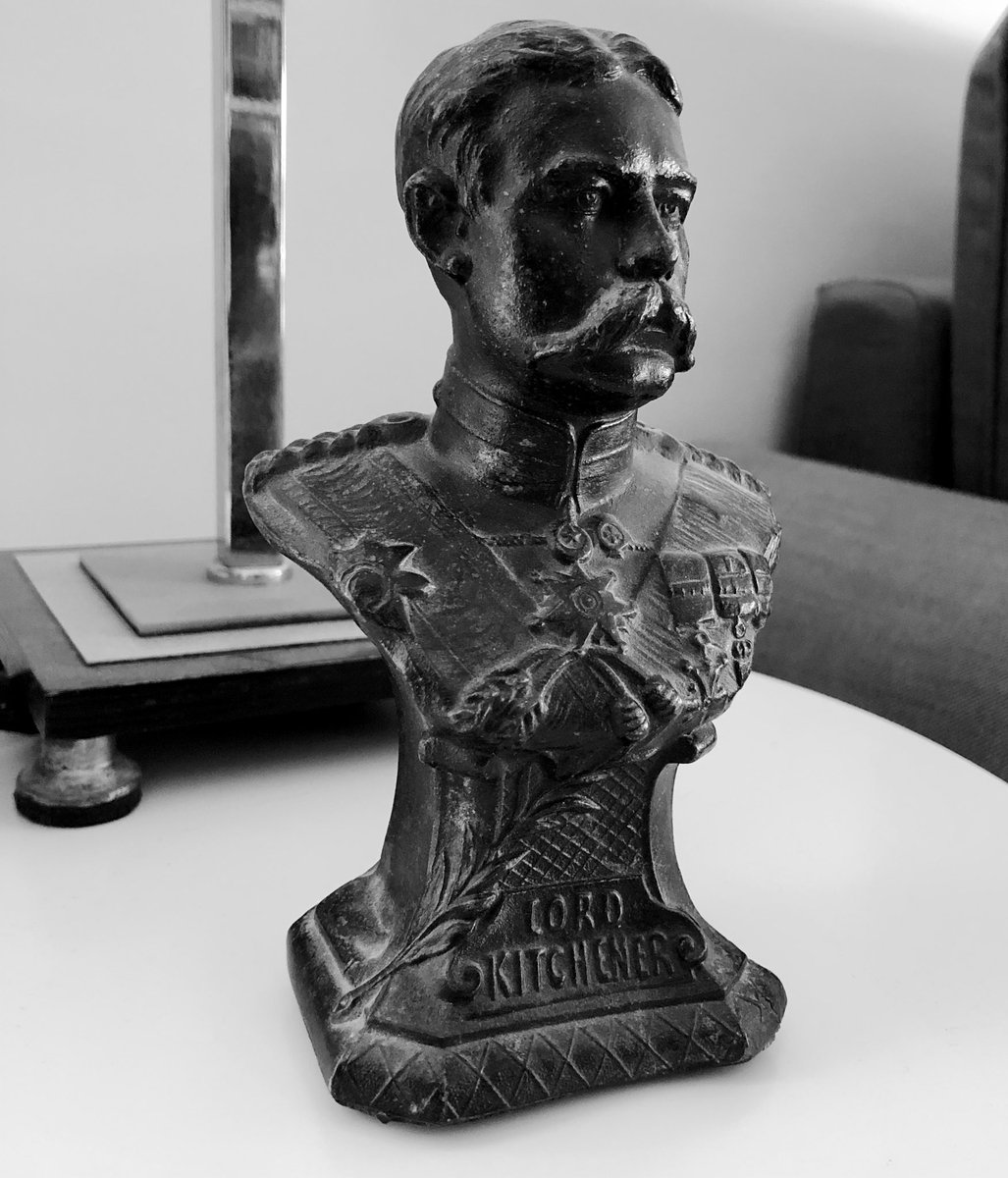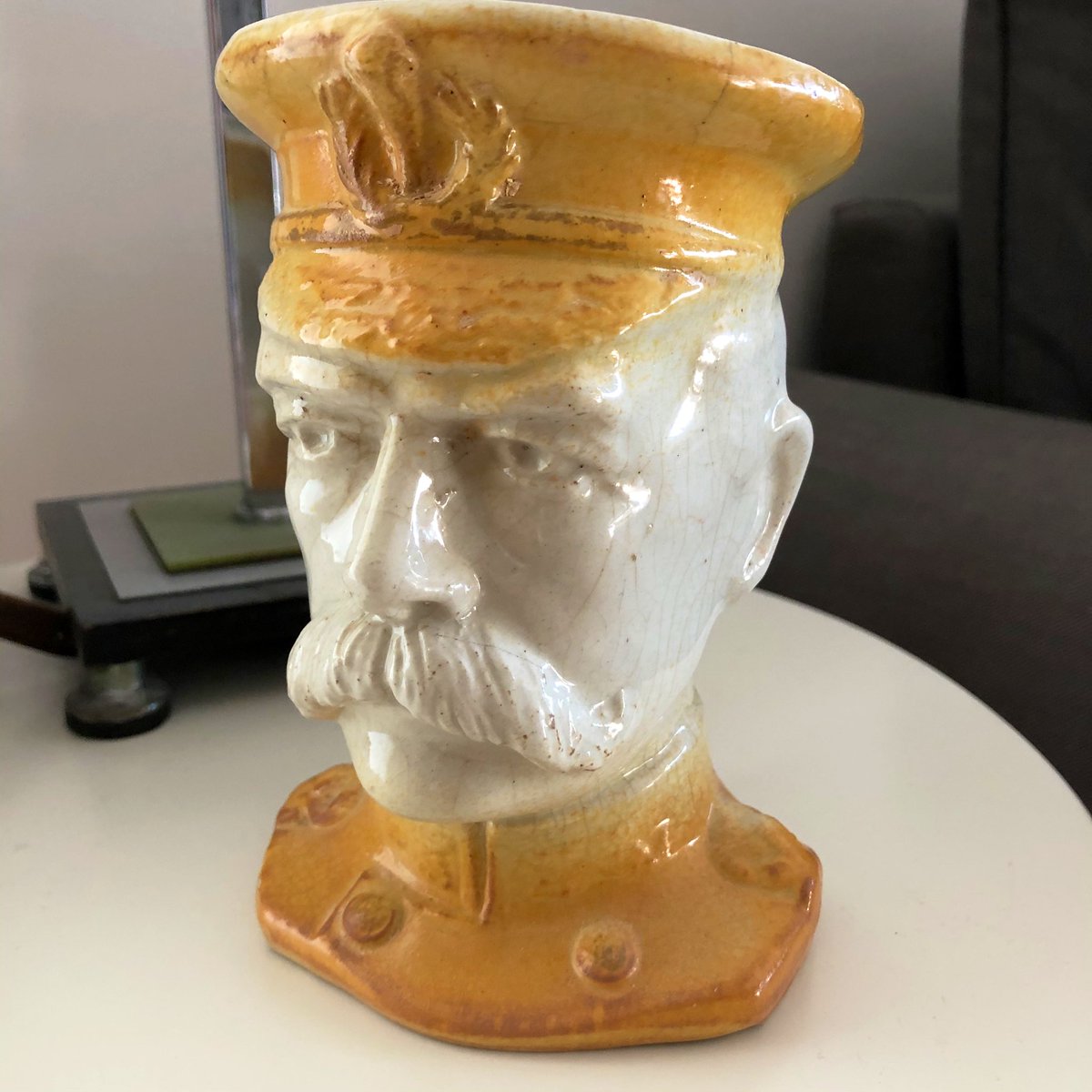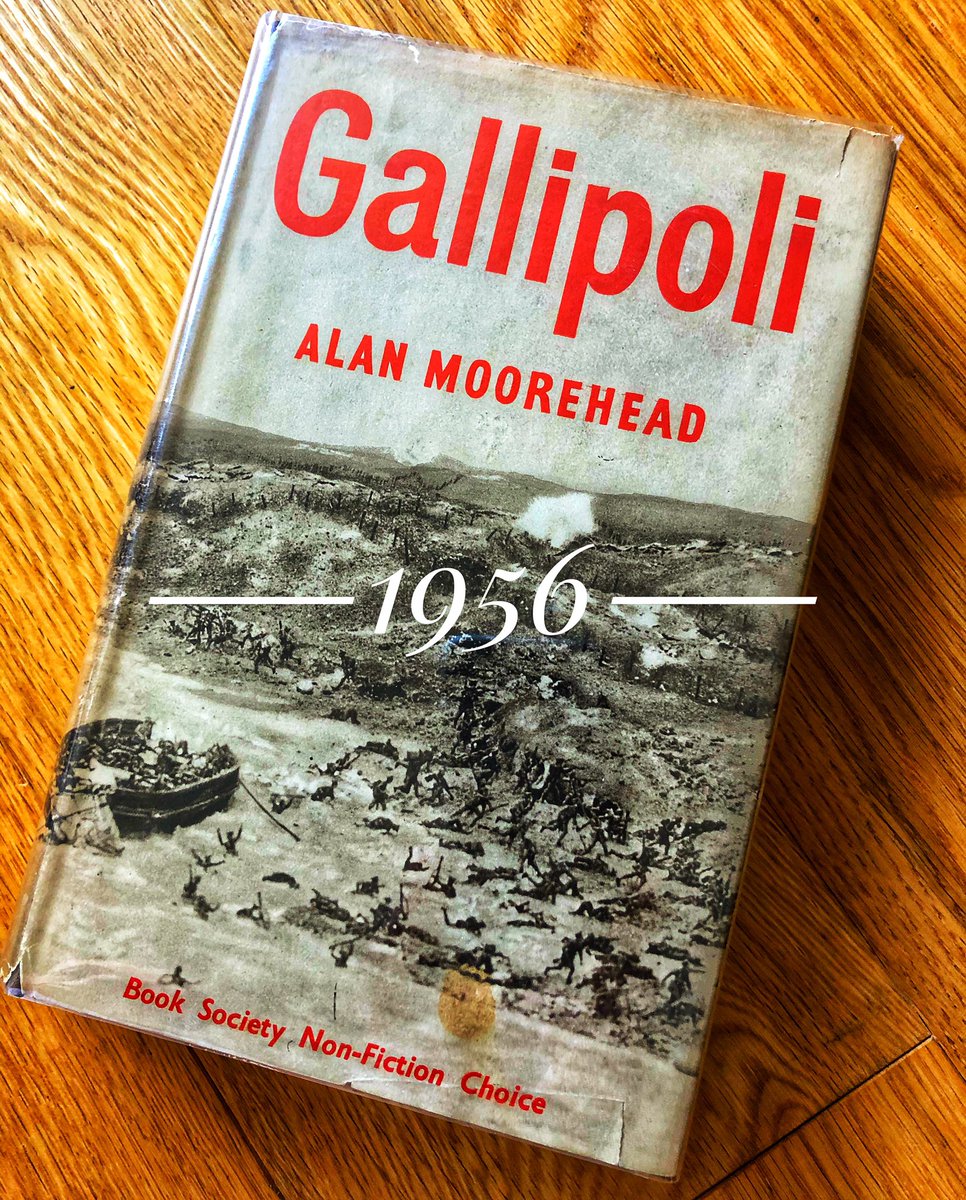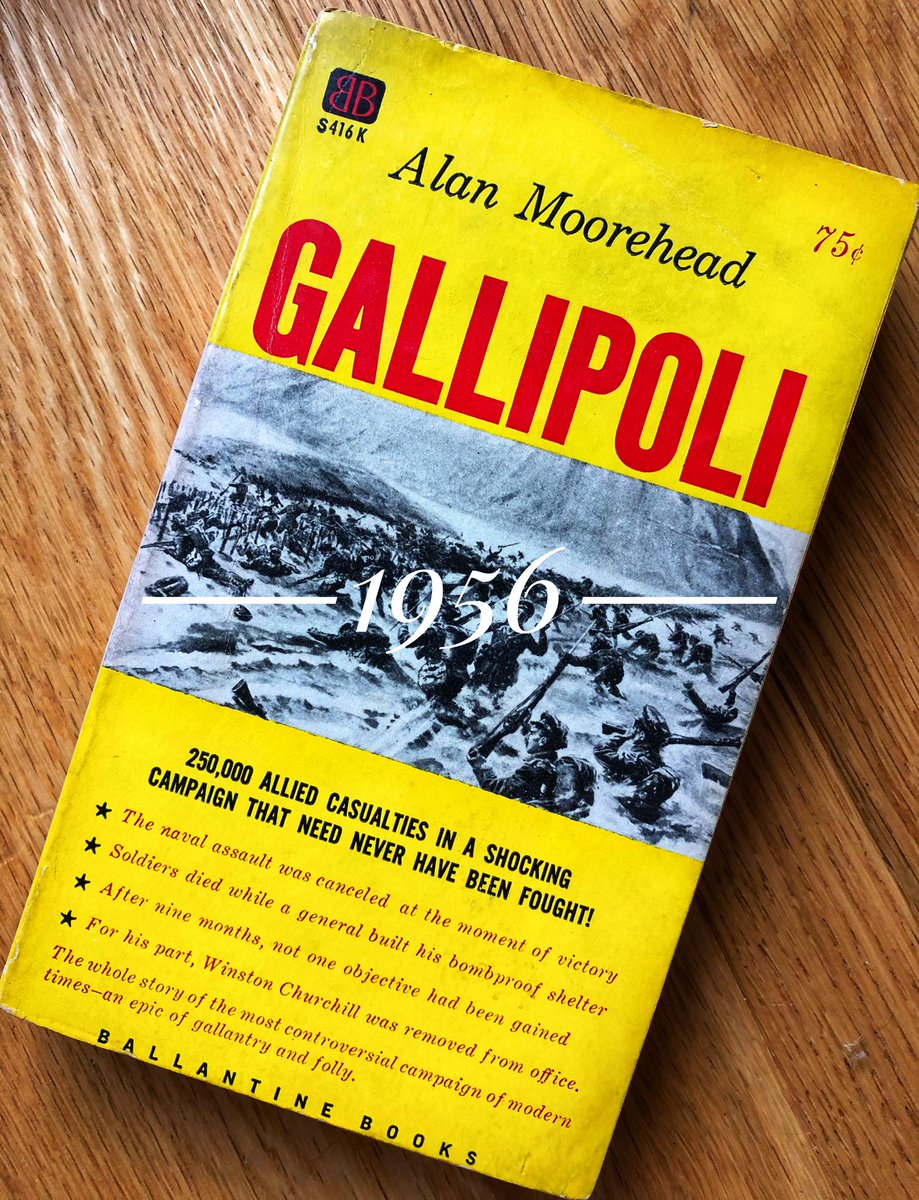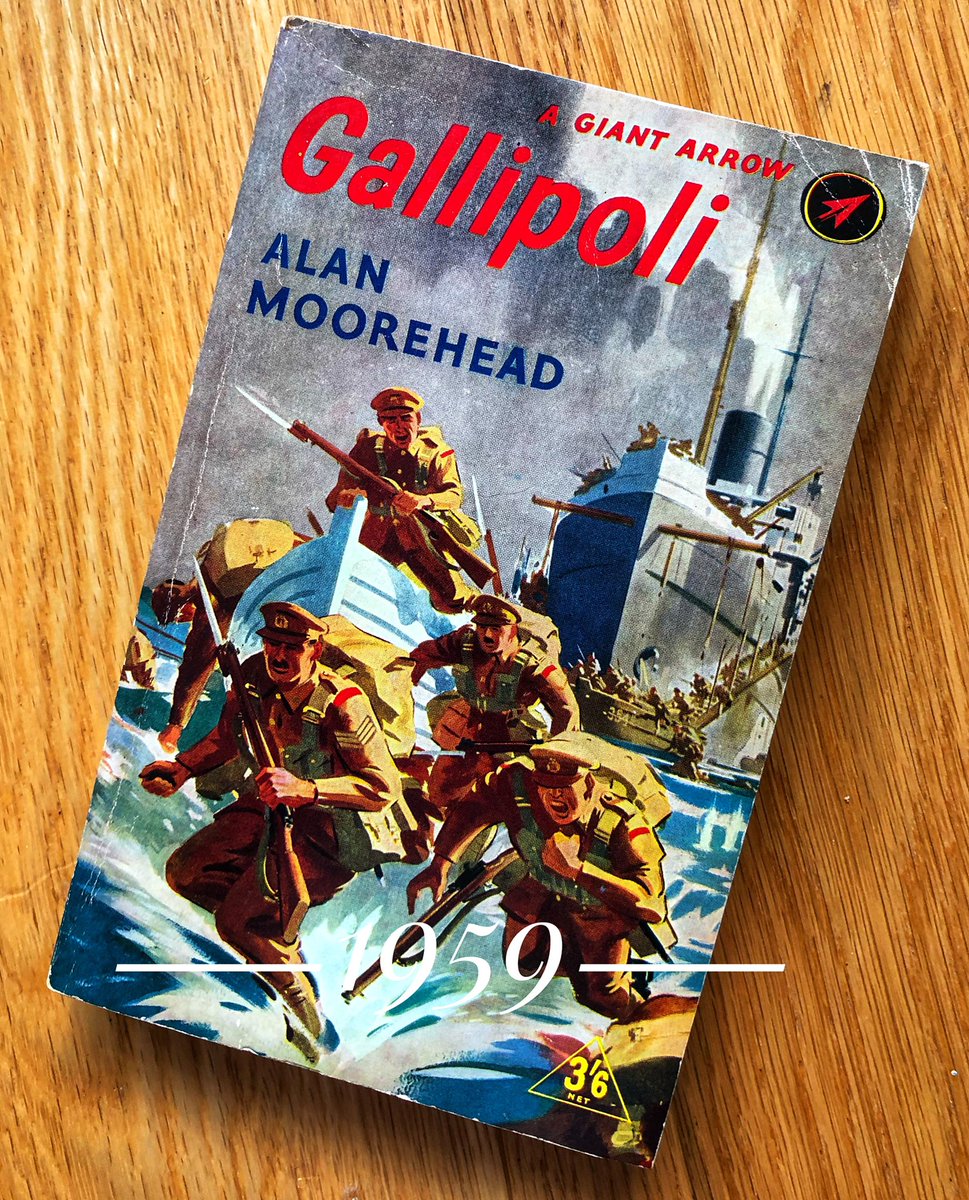It all started with a need for a new uniform for the mobilised army to replace ‘Service Dress’. ‘Battledress, Serge’ (1937-8) had smooth lines, concealed buttons & collar with hook & eyes (officers had a collar & tie). It was largely devoid of flashy insignia #BattledressThread 

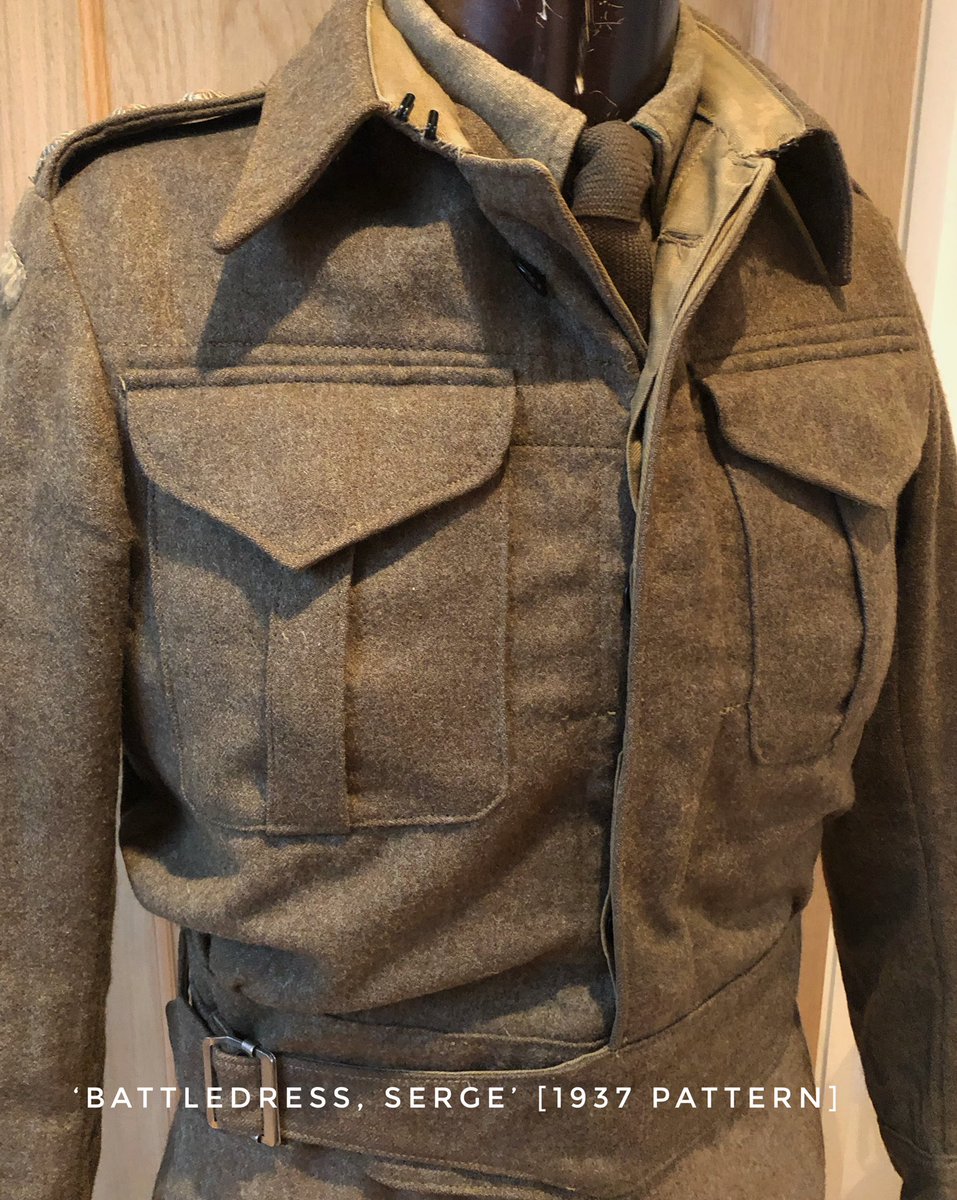
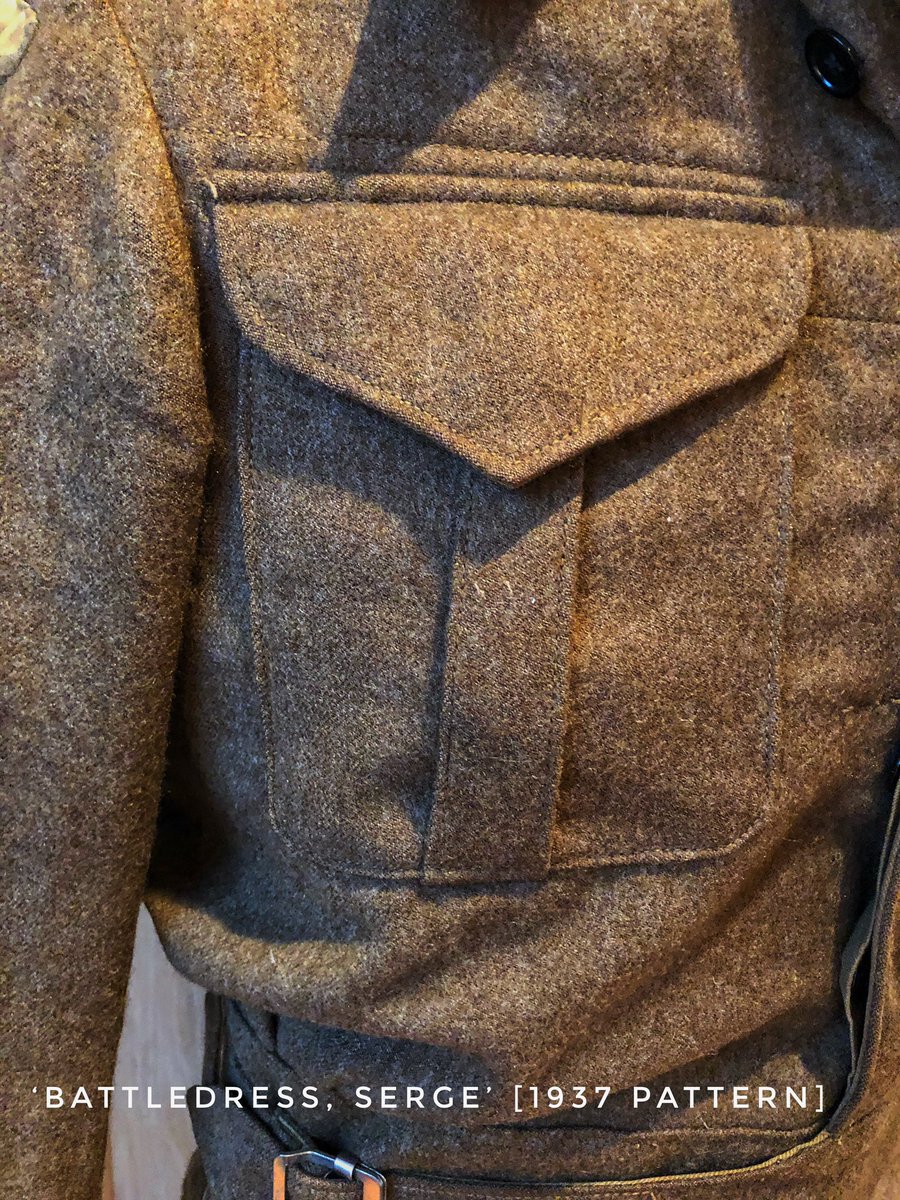
The original ‘Battledress, Serge’ comprised a ‘blouse’ and high waisted voluminous trousers. (I’m concentrating on the blouse). The collar was extremely tough on the neck, so lining helped, with officers had the neck tailored open #BattledressThread 

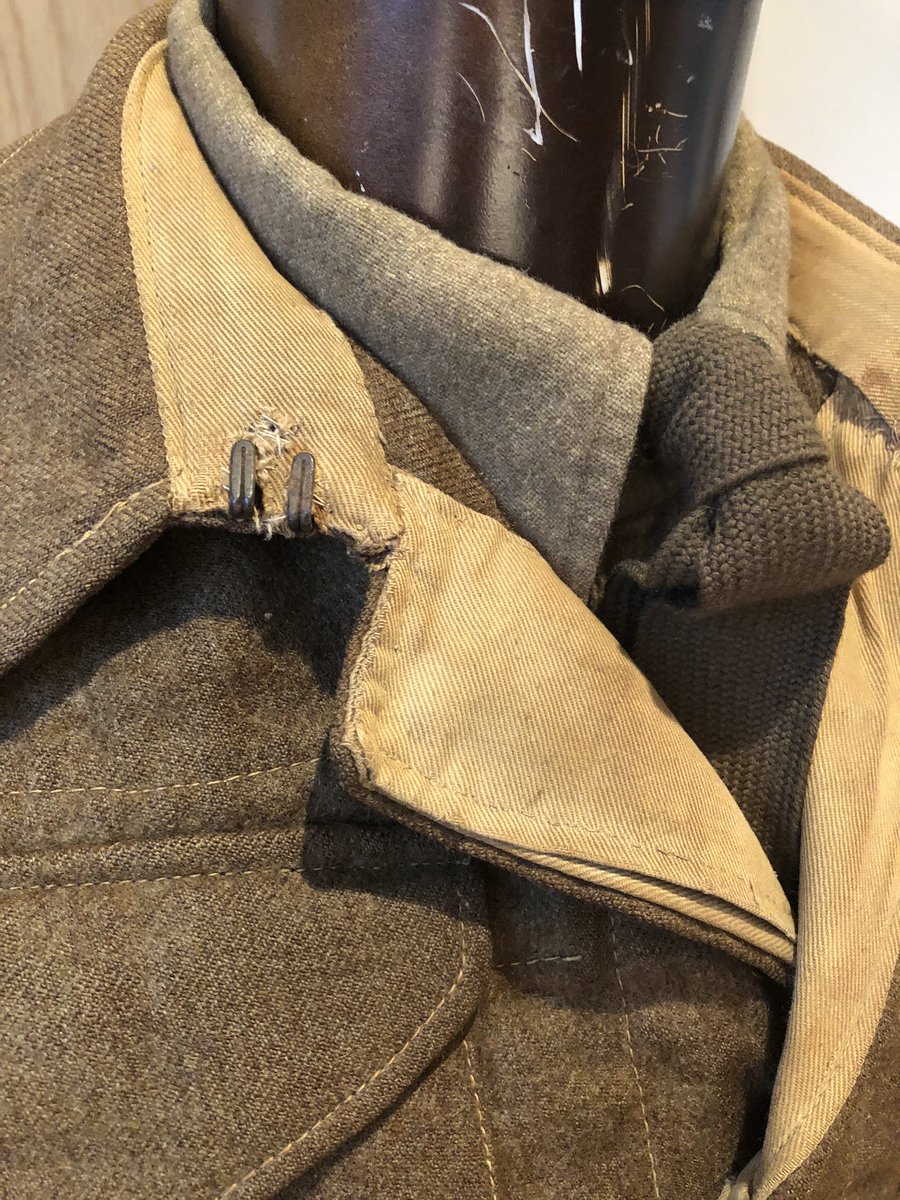
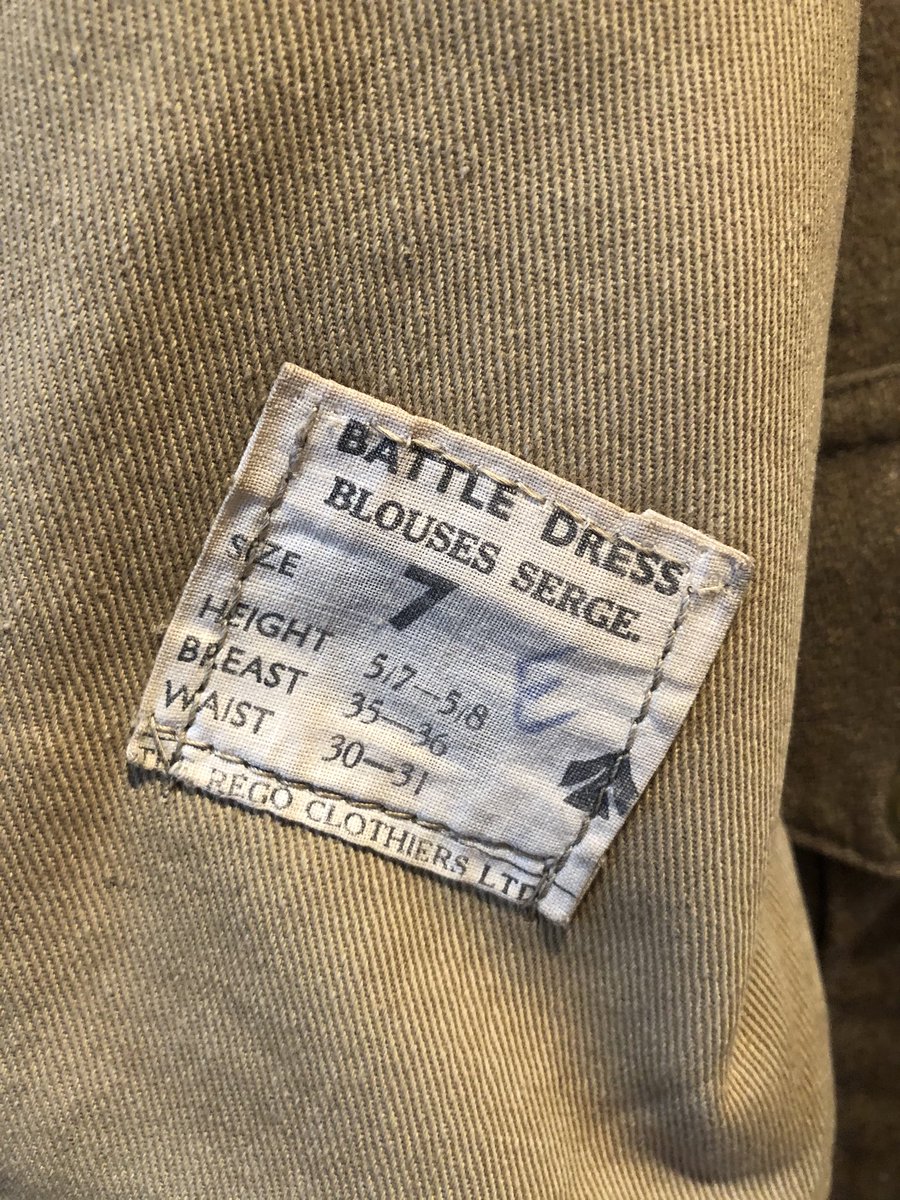
Buttons in the new uniform needed no cleaning: they were ‘vegetable ivory’ (plastic) on simple shanks. When ‘Battledress, Serge’ was issued to Home Guard units, they had to find their own buttons - like these #BattledressThread 

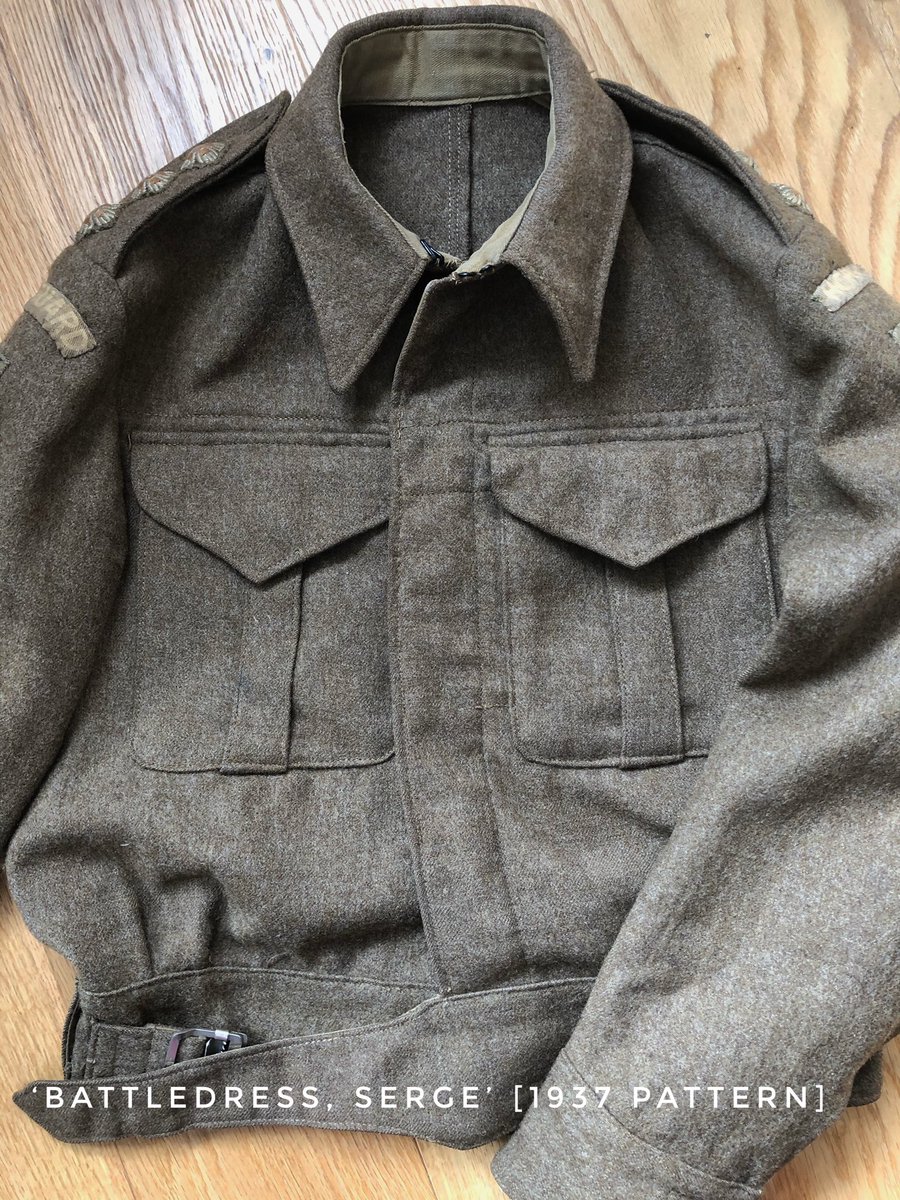
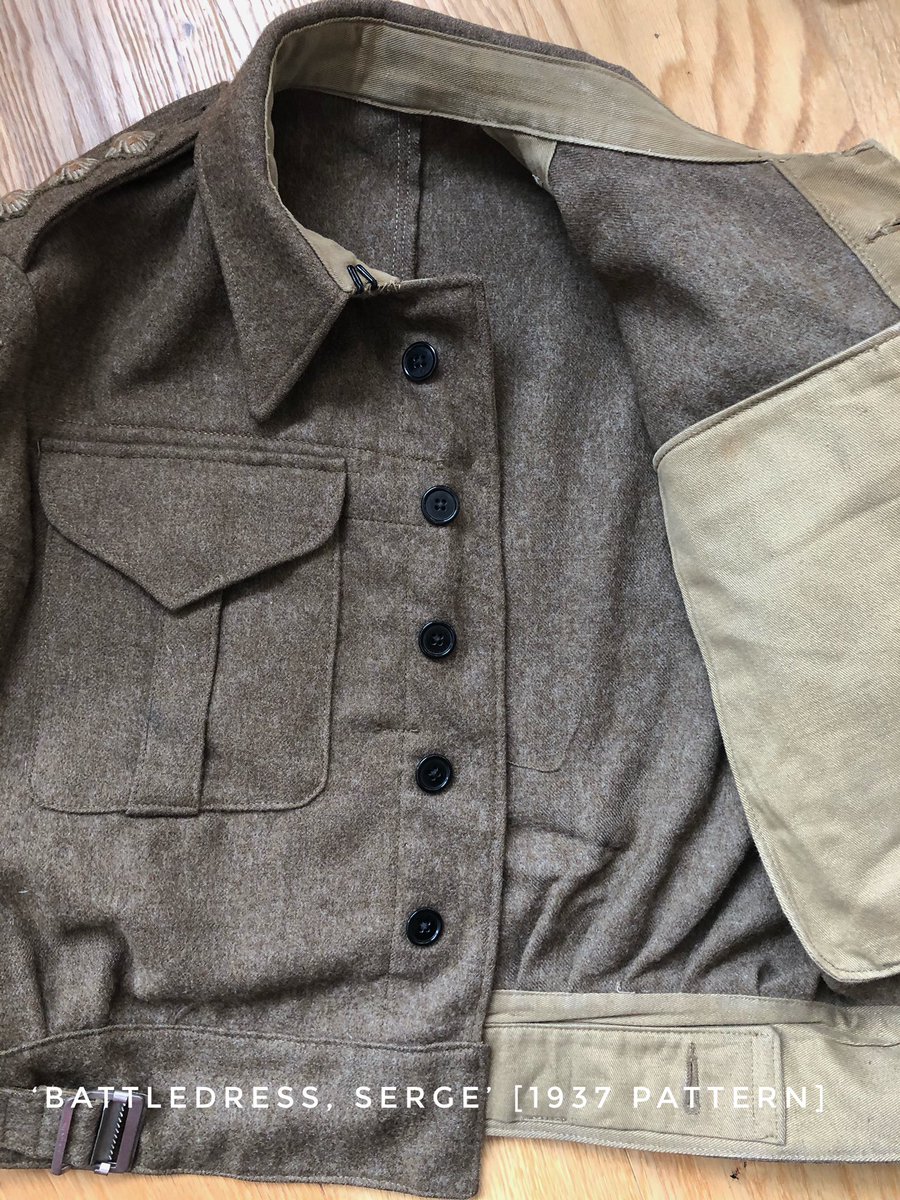
Battledress was simple in conception but still needed a fair amount of material, and all the concealed buttons & pleats required work. With a mass citizen army in the making, ‘austerity’ measures were needed. So along came ‘1940 Pattern’ (wait for it) #BattledressThread 
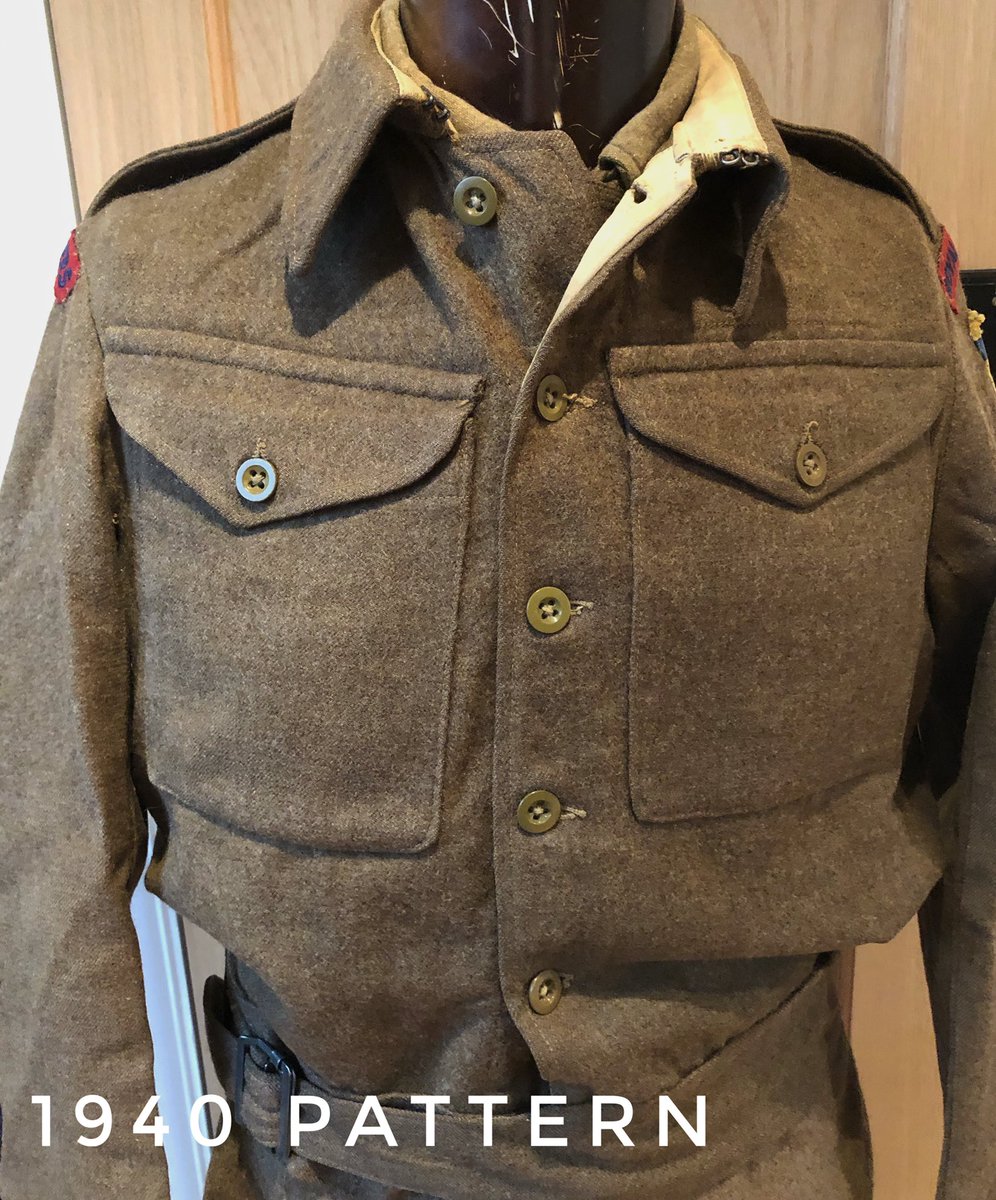
The thing is, ‘1940 Pattern’ is more of an evolving beast. Starting in 1940, simplifications were starting to be made, with major changes in 1942. The Army in its wisdom called this ‘1940 Pattern’. (Following?) 
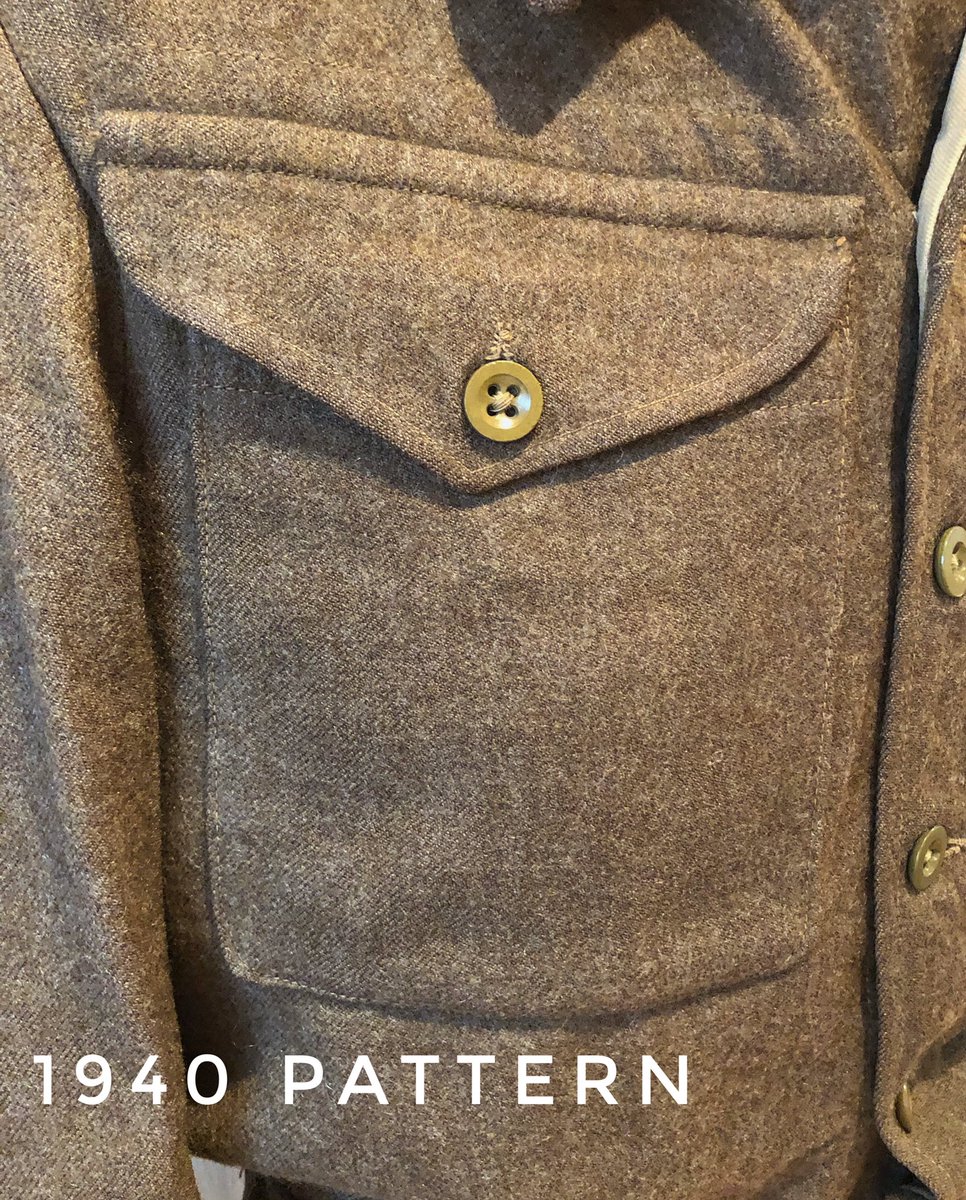
‘1940 Pattern’ is one commonly associated with the British soldier on his return to Europe from 1942. Now there was coloured insignia, shoulder titles, formation signs, etc. Totally different to that worn earlier in the war. #BattledressThread 
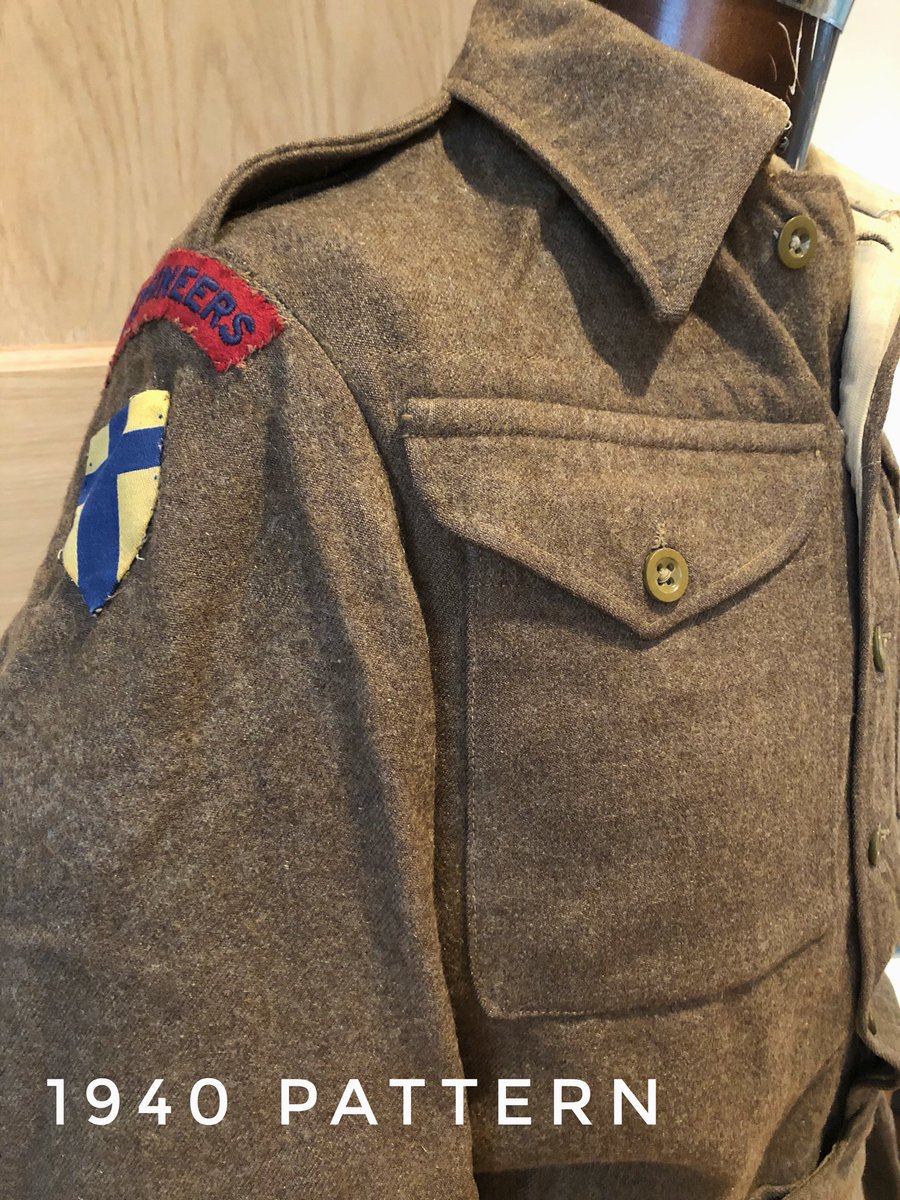
Then there was ‘War Aid Battledress’. This was supplied by the Americans for the British, hence its name. This one, to a 2nd Lt, Middlesex Regiment, has been adapted by the officer with serge facings, to look good open-necked. (Typical of this type of thing) #BattledressThread 
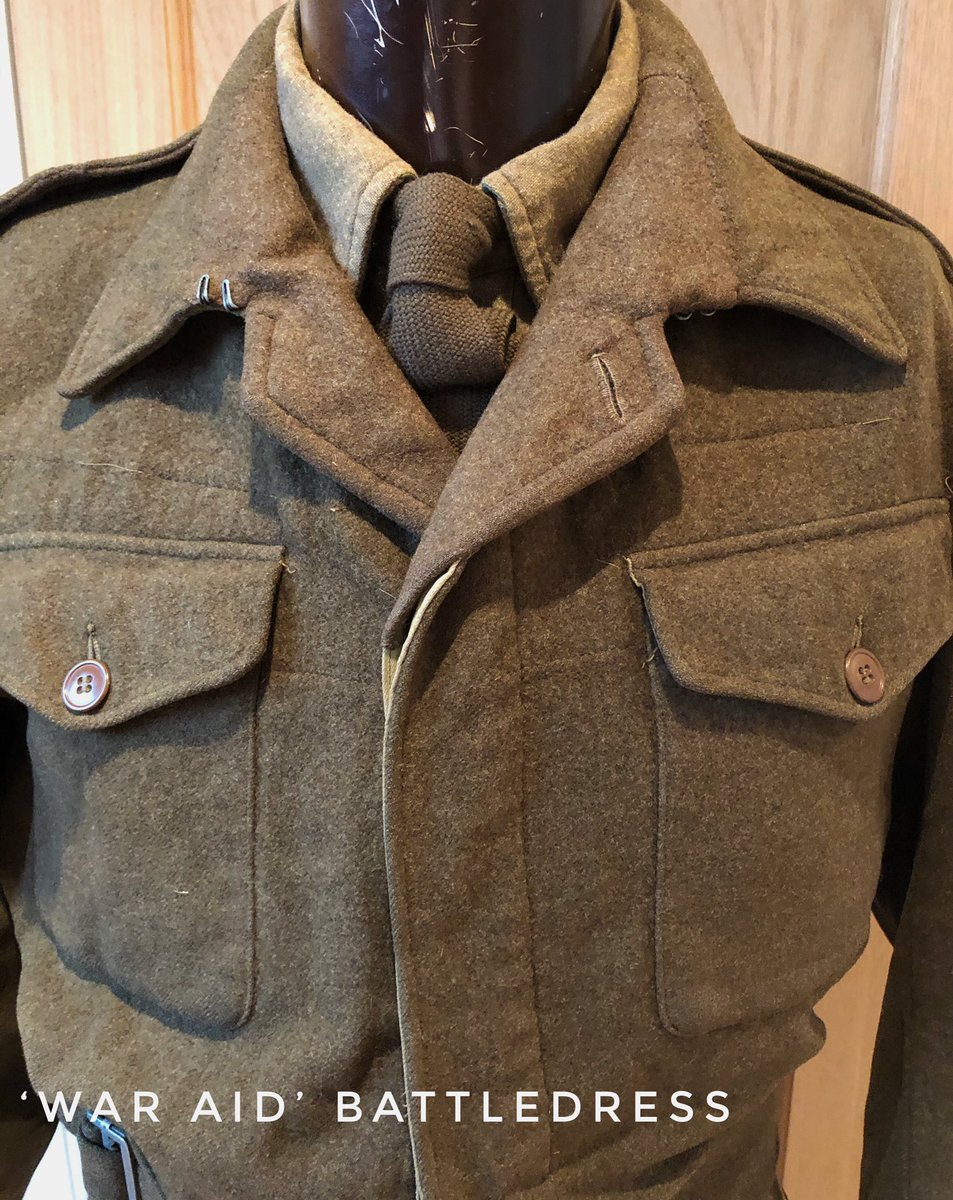
‘War Aid’ battledress is typically seen worn by British troops in the Italian campaign. It was noticeably greener (compare the collar facing), concealed buttons and had distinct buttoned pockets. It was also SO much softer than standard #BattledressThread 
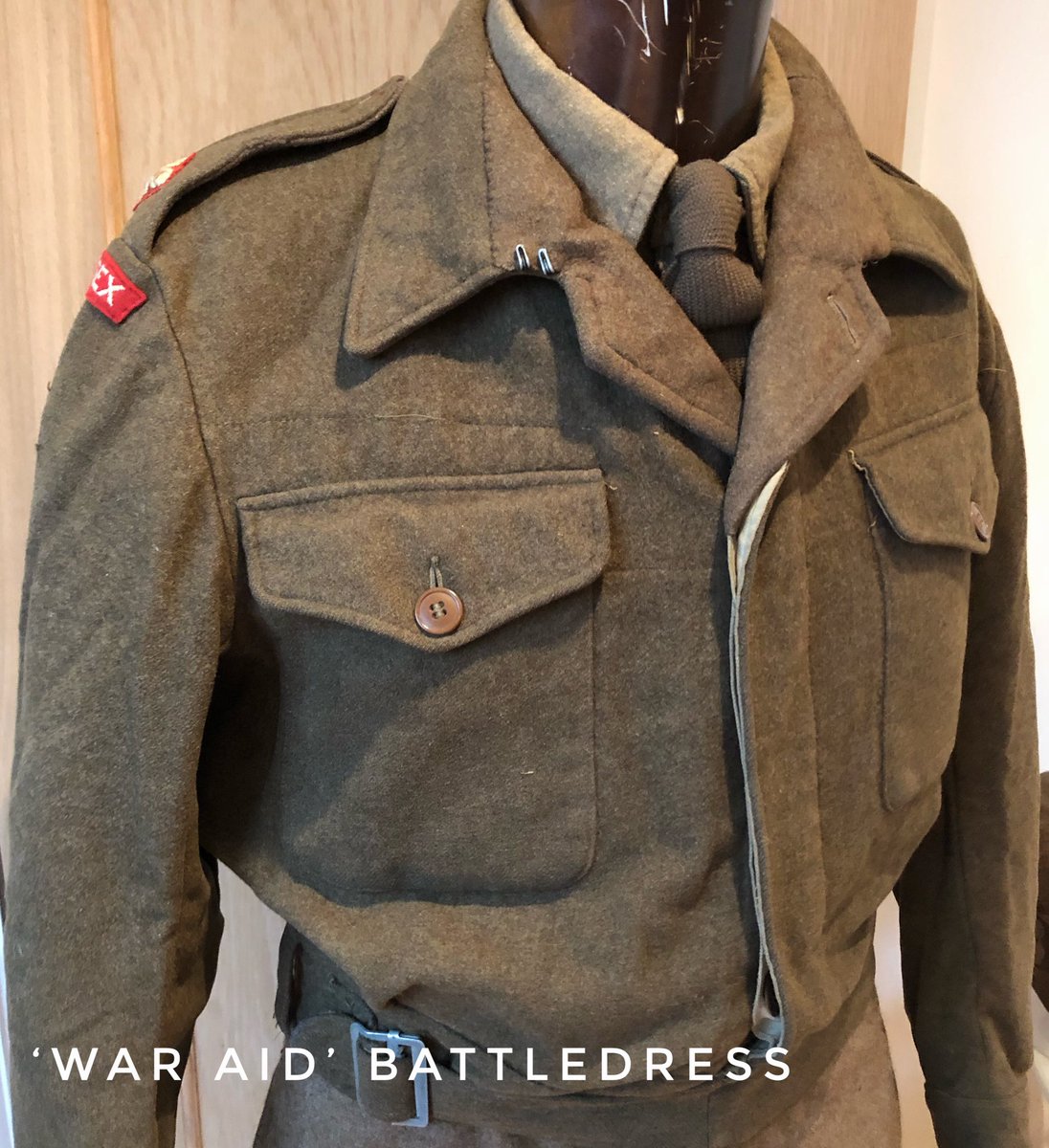
Post-war, battledress continued as the standard uniform of the British soldier to the 1960s. At the end of the war battledress was worn with collar and tie - the 1946 pattern was designed for this purpose, with tabs to fasten the collar - no hook & eyes #BattledressThread 

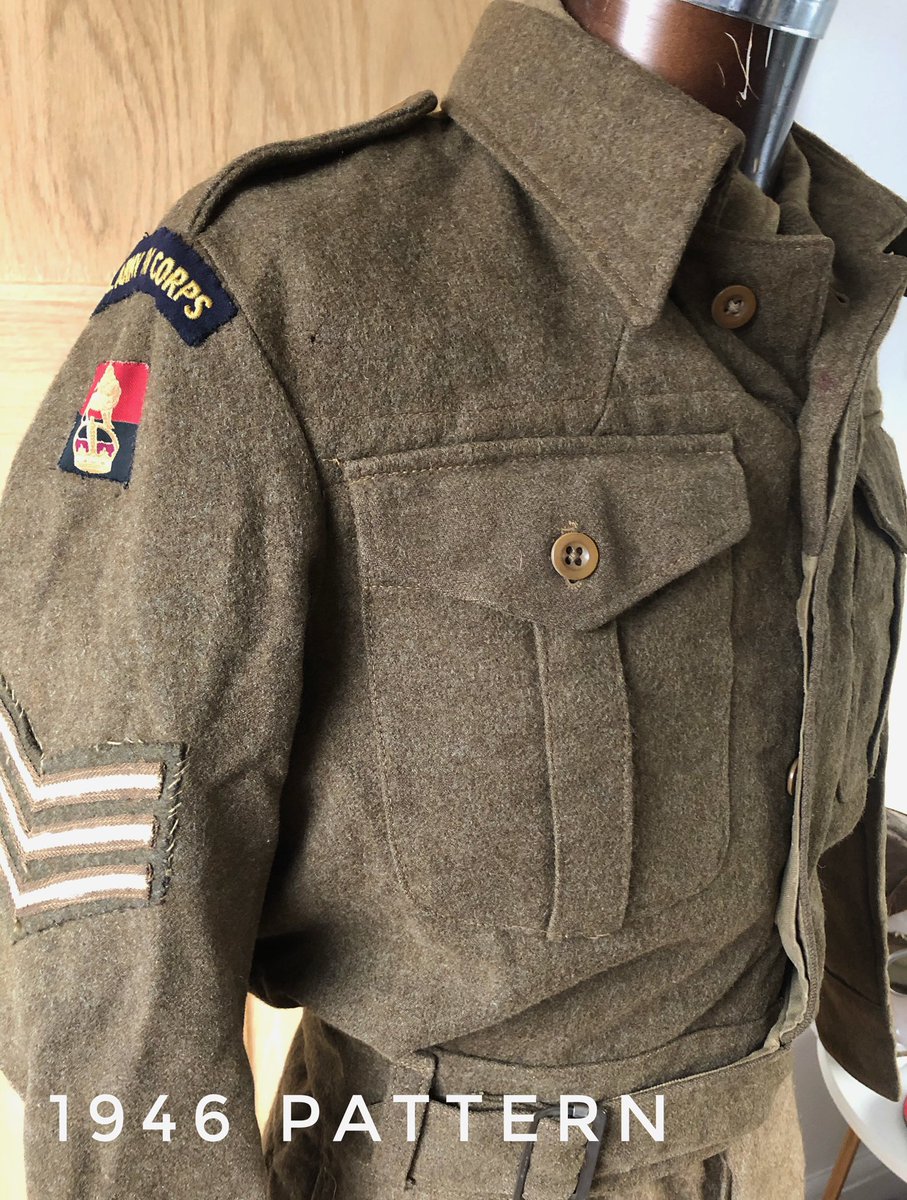
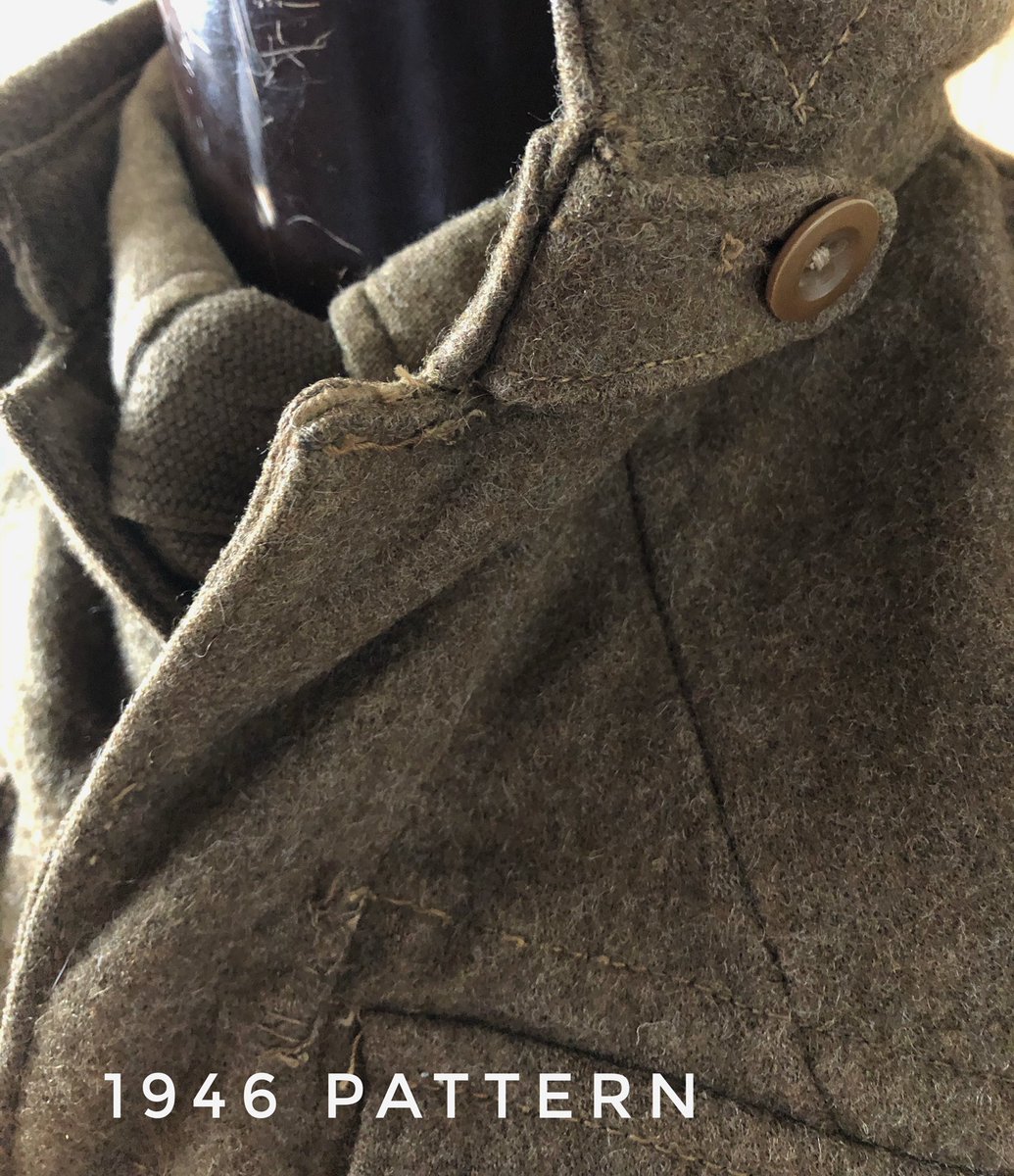
And 1946 pattern also brought back the box pleat on the pocket, nice, eh?
(Oh, yes, there was also a 1947 pattern too. Must get one of those 🤨)
#BattledressThread
(Oh, yes, there was also a 1947 pattern too. Must get one of those 🤨)
#BattledressThread
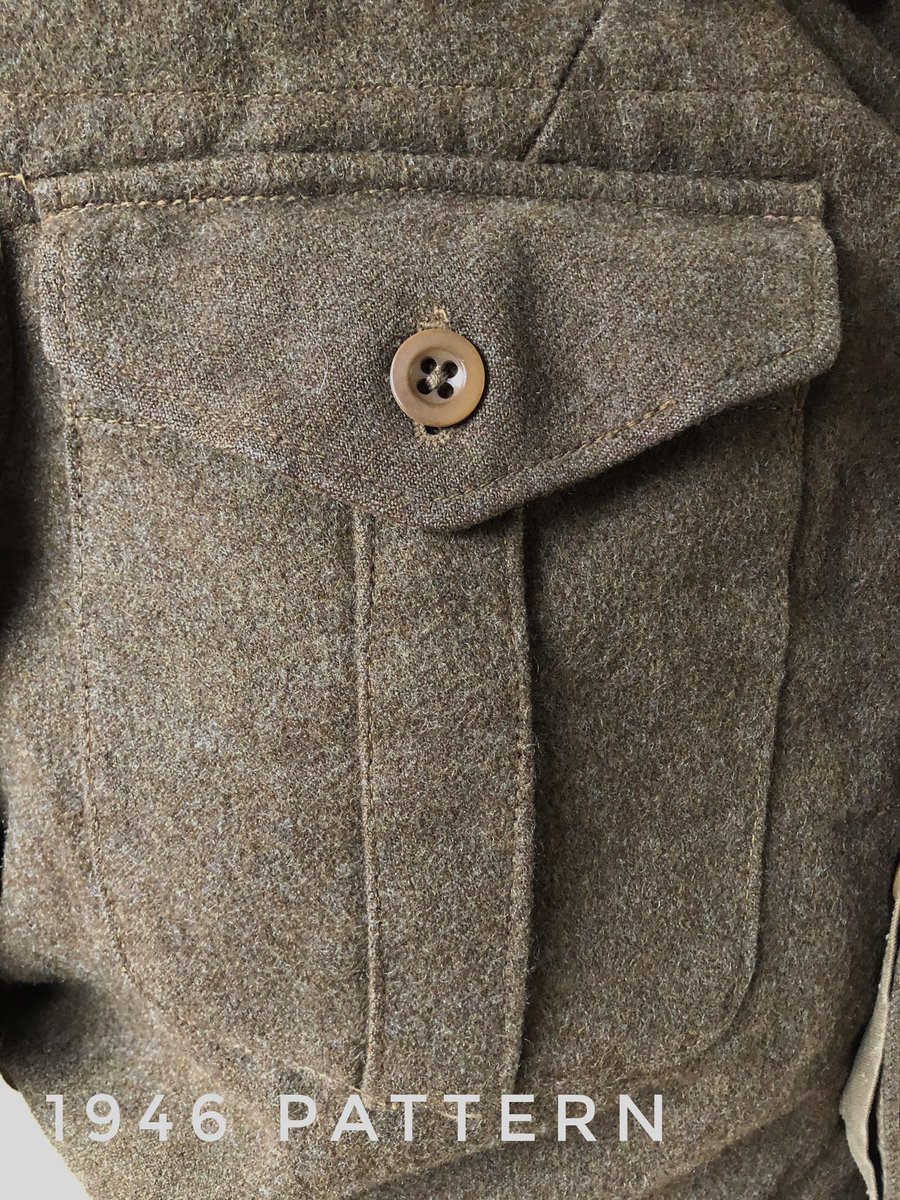
National Service - that period of compulsory military service from 1949-63 - is pretty much synonymous with 1949 Pattern Battledress. (There was no faffing about with stand and fall collars this time - there was a full-on open-neck for shirt and tie) #BattledressThread 
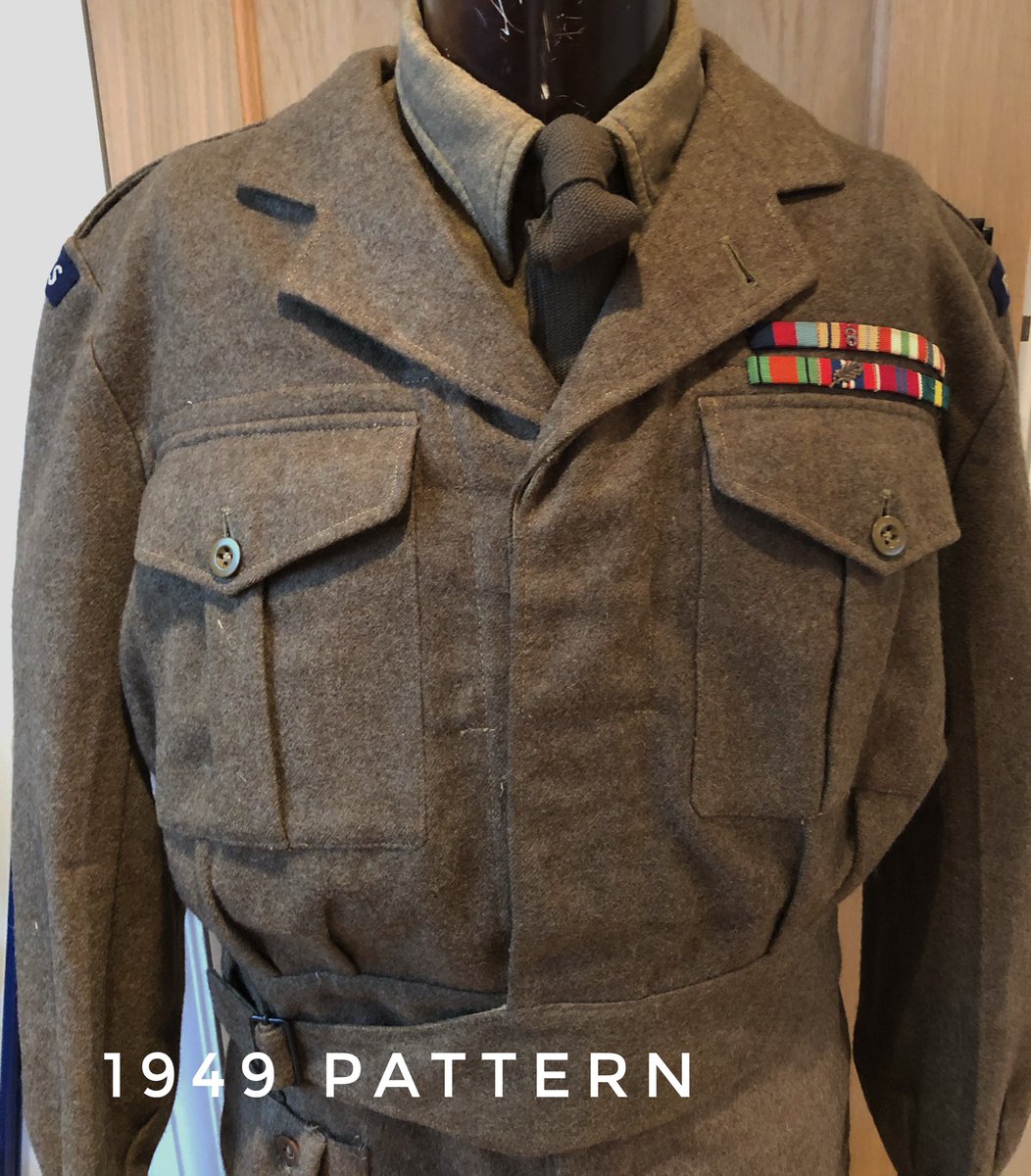
If you type ‘Battledress’ into a ‘well-known internet auction site’ you are pretty much guaranteed to come across 1949 Battledress. If that’s what you want, great. But make sure you to know what you’ve got there. This multi-decorated Colonel’s example is cool. #BattledressThread 
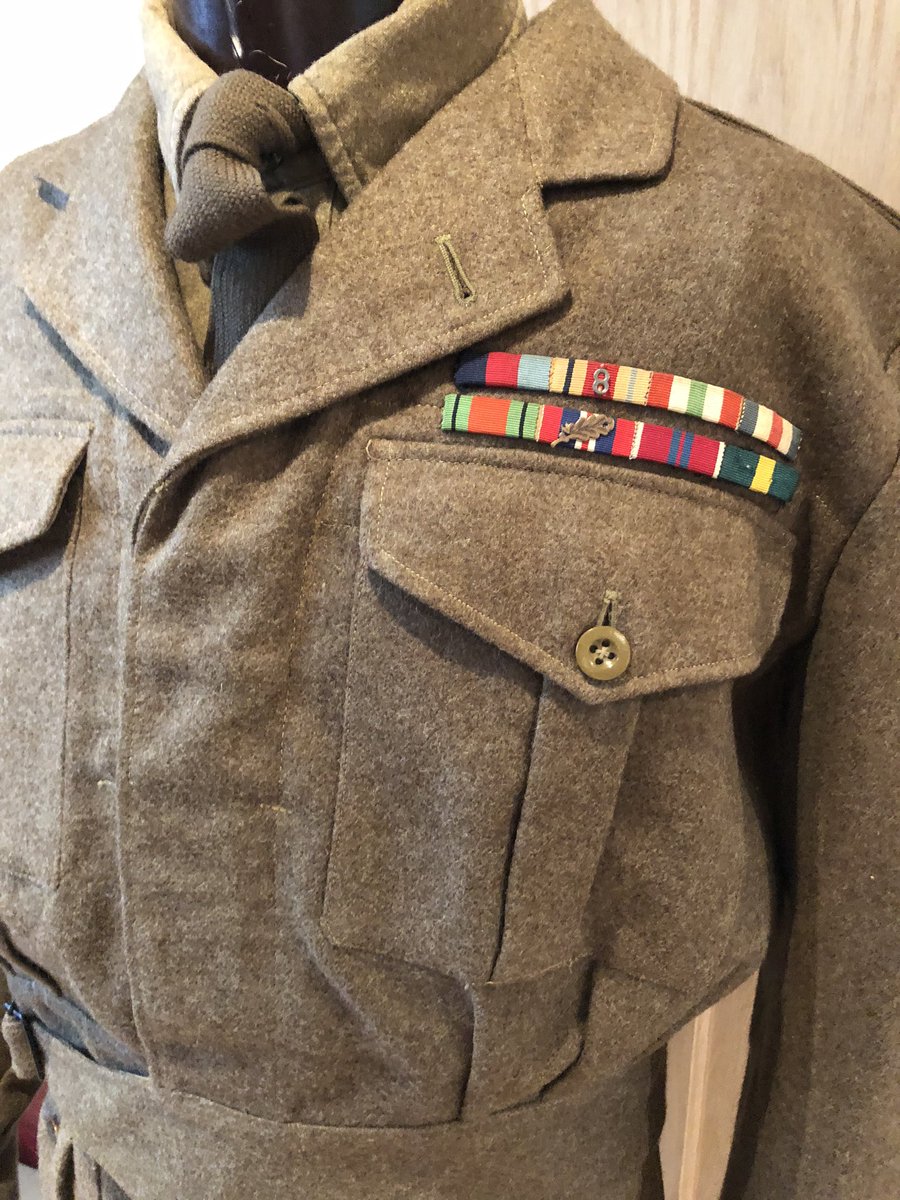
Thanks for following #BattledressThread.
I can’t say I’m an expert (that would be @Taff_Gillingham) but I hope you got something from it.
‘No one size fits all’
Now, must get on with some writing...



I can’t say I’m an expert (that would be @Taff_Gillingham) but I hope you got something from it.
‘No one size fits all’
Now, must get on with some writing...
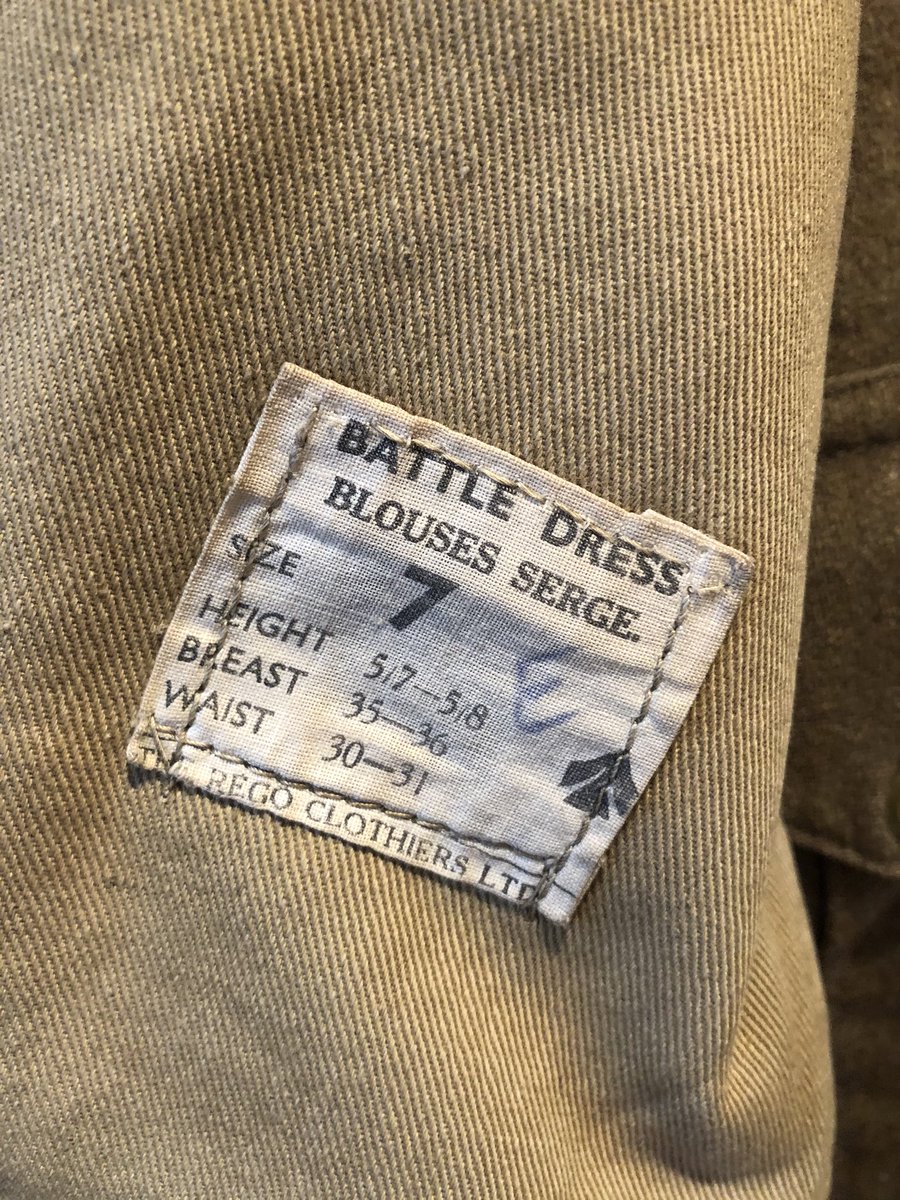
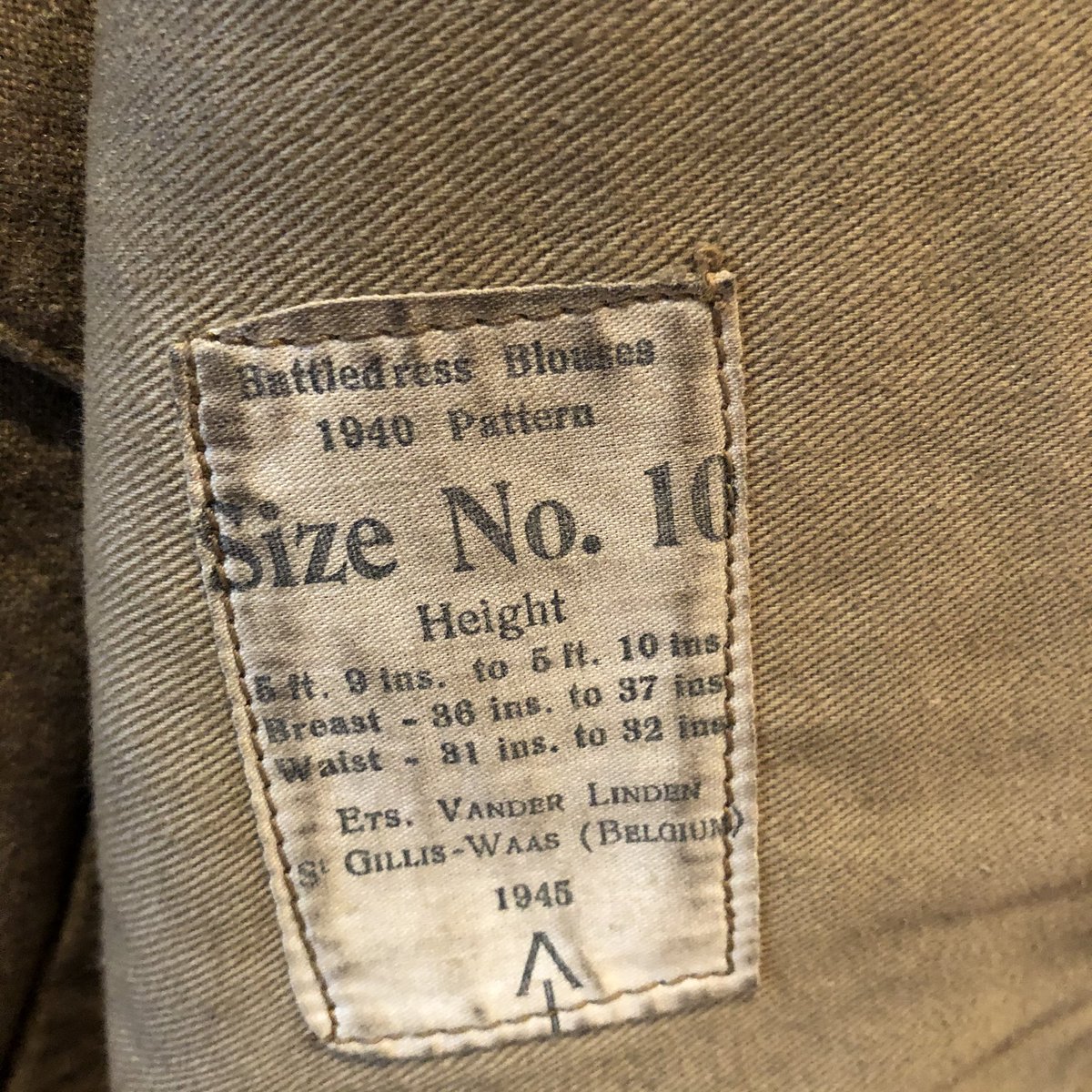
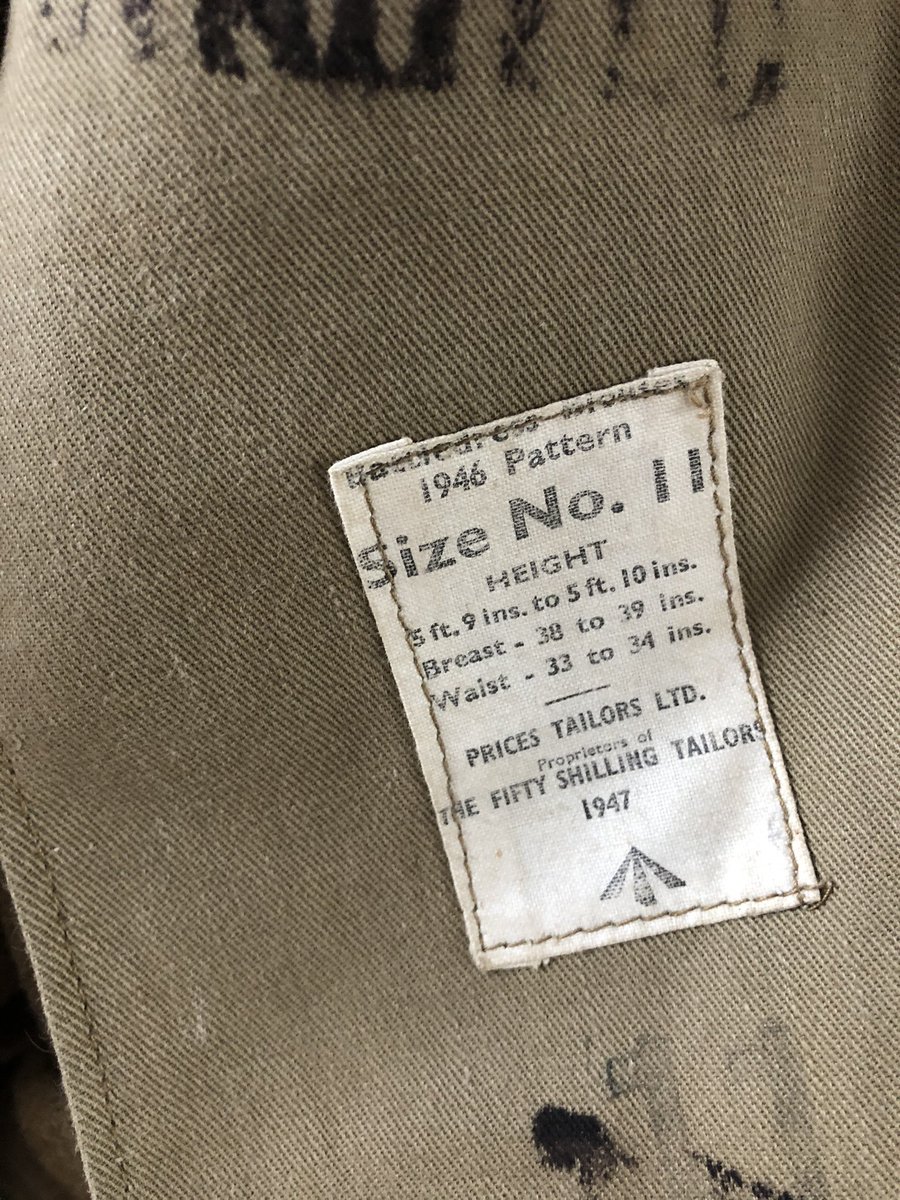
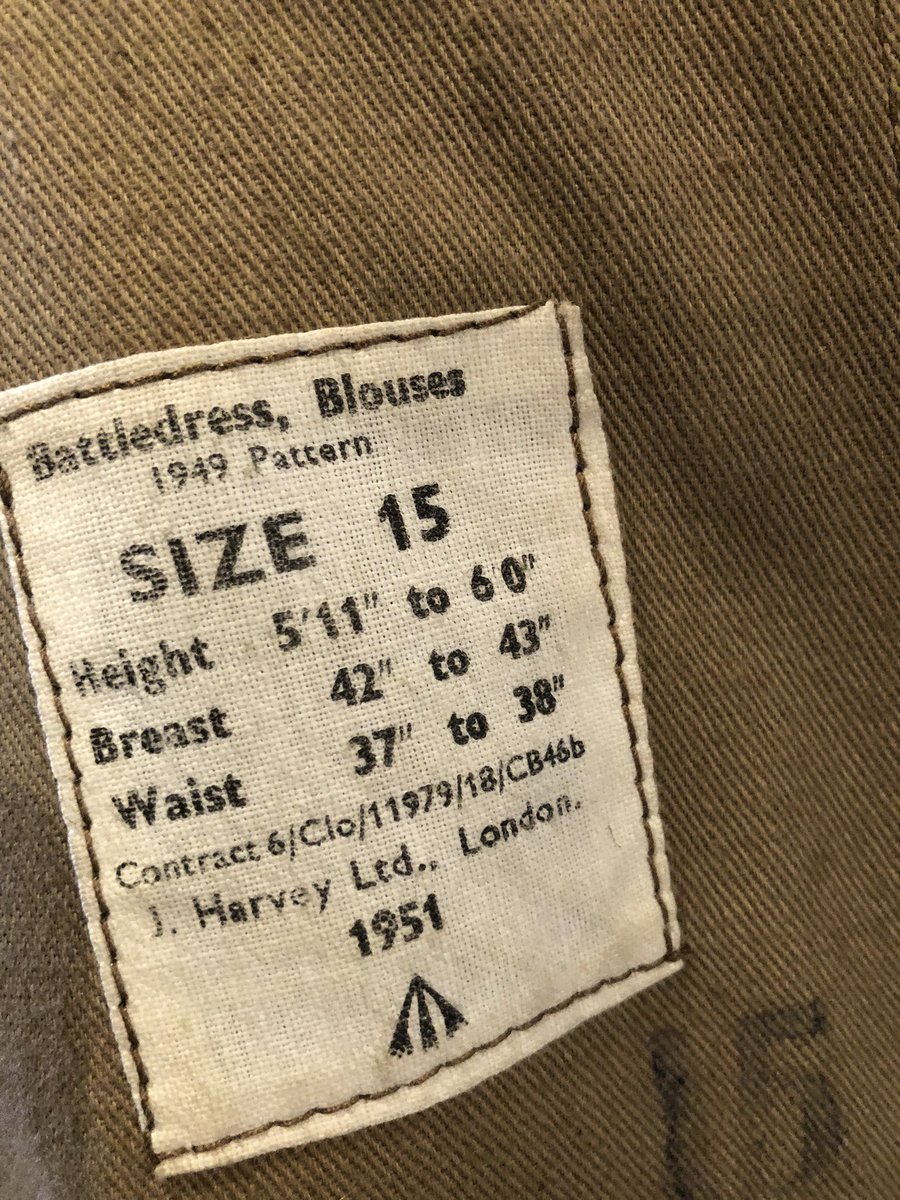
• • •
Missing some Tweet in this thread? You can try to
force a refresh

